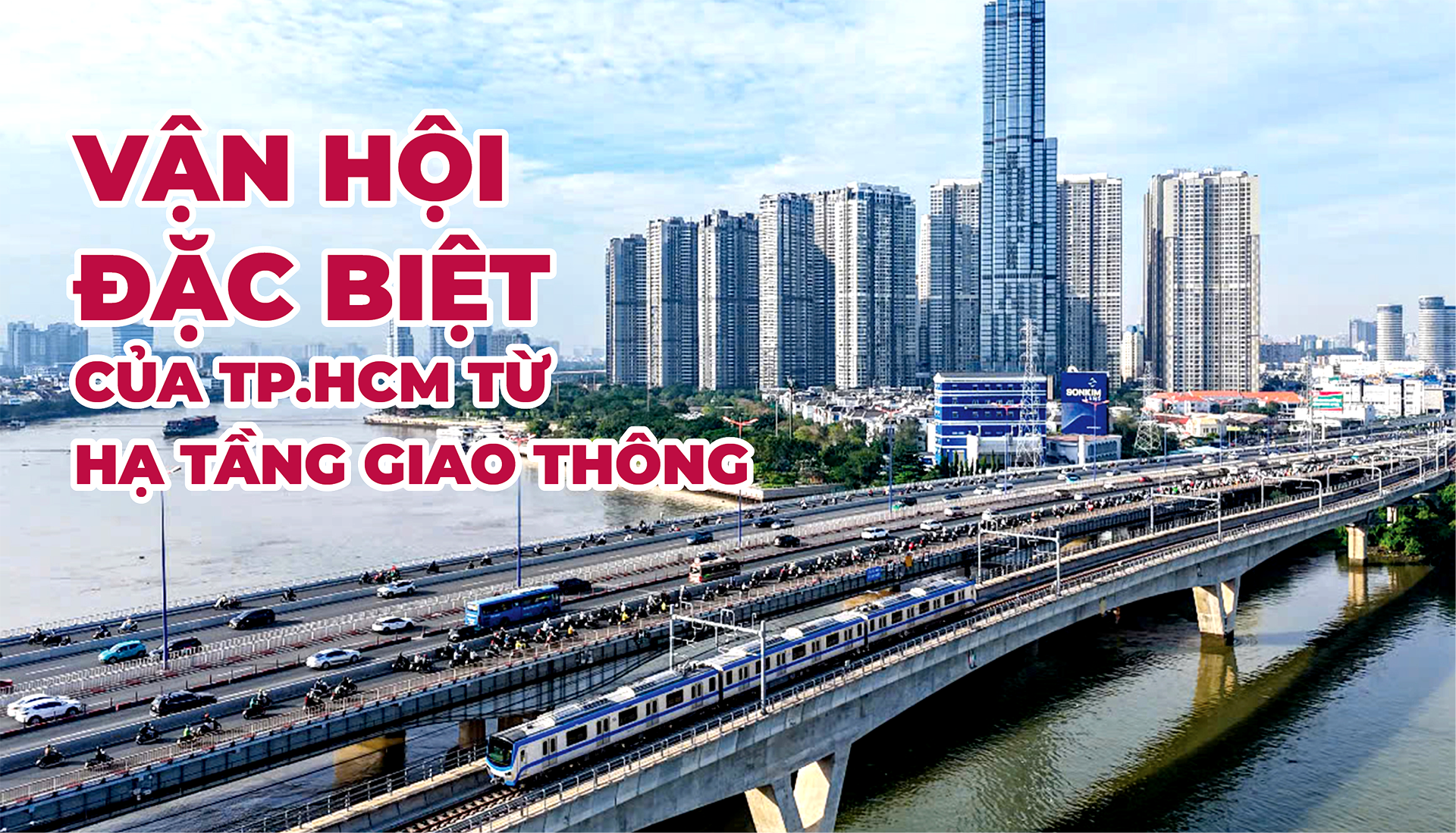
Tuoi Tre had a conversation at the beginning of the year with Mr. Tran Quang Lam - Director of the Ho Chi Minh City Department of Transport - about these special transportation projects and opportunities.
355km of urban railway, Can Gio super transit port, road system at the entrances to the city, Ring Road 2, Ring Road 3 are about to be closed, Ring Road 4 is preparing to be submitted to the National Assembly... The massive projects of Ho Chi Minh City are being deployed and gradually taking shape.
"It is also a chance for the Party and State's guidelines to converge with Ho Chi Minh City's aspirations to rise, right in the first days of 2025," Mr. Tran Quang Lam shared.
* The "fate" you mentioned probably started with the urban railway, when the extraordinary session of the National Assembly just opened and the Government presented the urban railway project of Ho Chi Minh City - a particularly large project?
- The urban railway project of Ho Chi Minh City and Hanoi submitted by the Government to the National Assembly at this session is very good news in the first days of the year.
The Ministry of Transport, together with Ho Chi Minh City and Hanoi, worked through Tet to complete the mechanism and the Government submitted it when Tet was "still on the first day", showing the urgency, determination and aspiration of the central and local governments.
Previously, to develop national railways and urban railways, the Politburo issued Conclusion 49, which identified urban railways as the backbone transport infrastructure, a fundamental solution to address travel needs, traffic congestion, accidents and environmental pollution.
The Politburo has set a goal that Hanoi and Ho Chi Minh City must basically complete the metro network according to the plan by 2035.
To implement conclusion 49, Ho Chi Minh City has proactively developed a project. A very favorable point is that at this time, Ho Chi Minh City is also planning for the period 2021 - 2030, with a vision to 2050 and adjusting the general planning.
With the aspiration to become a global, modern, civilized, and humane city on par with other cities in the world, Ho Chi Minh City has adjusted its metro network to 510km long with 10 lines instead of only 8 lines less than 200km long according to the old plan.
Metro will play a leading role in urban planning and development. Wherever the metro goes, Ho Chi Minh City will restructure and modernize the city.
From the direction of the Politburo and the Government, along with the city's aspirations to rise, the project has set very bold goals of completing 7 lines with a total length of 355km of metro from now until 2035.
The total investment for the projects is 40.2 billion USD. In the period 2035 - 2045, the city will continue to invest in completing 3 more routes with a total length of 155km to complete the network by 2045, 15 years earlier than planned.
Thus, the 10-year goal of building 355km of metro is the result of the convergence of fate between the Party and State's guidelines and Ho Chi Minh City's aspirations to rise.
Ho Chi Minh City's aspiration will join a special period of the country, the period entering a new era - the era of national growth.
* You mentioned the leading role of metro in the city's infrastructure and economy, which is the TOD model (urban development associated with public transport) that will be given special attention in this project?
- Regarding planning, perhaps for the first time the TOD concept will be implemented in Ho Chi Minh City and Hanoi and will play a leading role in promoting land value.
Based on the route direction, route plan, station location, land areas that can be developed into modern urban areas can be adjusted. This is a new mechanism, following the view that transportation goes first to pave the way.
According to plan, Tan Son Nhat airport's T3 terminal will be completed and put into operation on April 30.
In terms of resources, it is very favorable that the central government is focusing on investment in construction and development with the goal of the whole country striving for a double-digit GDP. In which, public investment is the main force and spearhead.
In the project, Ho Chi Minh City has proposed mechanisms to mobilize capital for metro construction such as increasing the budget deficit ceiling, issuing bonds, collecting from TOD, and if necessary, borrowing from credit institutions... Ho Chi Minh City will balance the amount it can deploy, and do it as quickly as possible, unlike before.
The 10-year target to complete about 355km is very short compared to the current investment and construction time of urban railway lines.
However, with strong political determination from the central to local levels along with 6 groups of mechanisms and policies, completing 355km of urban railway by 2035 is completely feasible.
* We talk about the opportunities of Ho Chi Minh City from special traffic projects, so not only the metro but also many other projects that have been and will be implemented will form a modern traffic network of Ho Chi Minh City?
- Ho Chi Minh City has a great advantage as a locality that converges all types of transportation: waterway, road, air, sea, rail...
As the locomotive, growth pole and nucleus of the Southeast region, in recent times, Ho Chi Minh City has focused on investing in framework infrastructure and connecting infrastructure.
The highlight is the nearly 300km long ring road network that is being completed after many years of waiting.
Currently, Ho Chi Minh City Ring Road 3 is being accelerated to basically complete by the end of this year and complete the entire project by 2026.
For the closed sections of Ho Chi Minh City's Ring Road 2, the site is being prepared and construction will begin in the middle of this year.
The nearly 207km long Ho Chi Minh City Ring Road 4 - the largest road project in the Southeast region - has also been submitted for investment policy, striving to start construction this year.
For gateway projects - National Highways 1, 13, 22... Ho Chi Minh City Department of Transport has just completed the pre-feasibility report and Ho Chi Minh City will submit the investment policy decision in the first quarter of 2025, striving to start construction at the end of this year.
People take metro line 1
In addition, the connecting routes to the Ho Chi Minh City - Long Thanh - Dau Giay Expressway, the Trung Luong Expressway, and the Ho Chi Minh City - Thu Dau Mot - Chon Thanh Expressway are also about to be constructed and expanded according to the plan.
Regarding airports, Terminal T3 of Tan Son Nhat airport is expected to be completed by April 30; Long Thanh airport will "share the burden" with Tan Son Nhat airport and will be completed in 2026.
Regarding railways, in addition to the North-South high-speed railway connecting to Thu Thiem, the Ho Chi Minh City - Can Tho railway and Thu Thiem - Long Thanh railway are also being researched and invested in.
Regarding Can Gio international transit port, the Prime Minister has approved the investment policy in early 2025 as a basis for the city to implement the next steps...
According to the roadmap, after the National Assembly issues a resolution, in 2025 Ho Chi Minh City will prepare a pre-feasibility study report to approve the investment policy for all 7 routes. Site clearance will be carried out from 2026 to 2029. The metro lines will begin construction in 2027.
Thus, 2025 is a pivotal year, converging major projects, special projects for Ho Chi Minh City's traffic. With the participation from the central to local levels, and the consensus of the people, this time is an opportunity for the development of Ho Chi Minh City's infrastructure.
Special traffic works will change the face of the city, helping Ho Chi Minh City become modern, livable, and the place that most clearly demonstrates the country's desire for innovation and breakthrough, the desire to rise up.
* The project volume is very large, besides public investment resources, attracting private investment capital is also very important?
- Right now, Asian investors and corporations have come to Ho Chi Minh City to propose implementing projects in the metro project.
Some corporations have approached domestic enterprises to cooperate in producing equipment for the railway industry. Some corporations have set up representative offices in Ho Chi Minh City to learn about and seize investment opportunities.
Or like the Can Gio international transit port project, MSC Shipping Company - the world's largest shipping company - has proposed to invest.
The construction site of Ho Chi Minh City's Ring Road 3 section through Ho Chi Minh City is under intense construction. The project aims to open the 14.7km elevated section through Thu Duc City before December 31 - Photo: CHAU TUAN
With the country's current position, along with the desire for innovation and careful preparation from resources to planning, Ho Chi Minh City will certainly attract many domestic and foreign corporations in the coming time.
New mechanisms are helping the city create a large, healthy, transparent playground for investors.
On the contrary, the city also wants to find investors with truly strong capacity and a commitment to build quickly and produce quality products. That playground is also a special opportunity for Ho Chi Minh City.
2025 is a special year for Ho Chi Minh City's infrastructure with a series of large projects being implemented. Of which, it is expected that about 10 projects will be calling for investment under the PPP (public-private partnership) form, attracting more than 100,000 billion VND from private capital.
It is expected that Ho Chi Minh City will submit to the Ho Chi Minh City People's Council at the February 2025 meeting about the group of 4 BOT projects according to the resolution including: upgrading and expanding National Highway 13, National Highway 22, National Highway 1 and the North-South axis road.
These four projects are very large in scale, with a total investment of nearly VND60,000 billion. Therefore, the PPP method with partial support from the budget will reduce the burden from public investment capital in the context that Ho Chi Minh City is implementing a series of other projects.
Investment under the PPP method also takes advantage of financial resources from investors, taking advantage of technological strengths and management experience from the private sector.
After the investment policy is approved, Ho Chi Minh City will survey interest and bid to select investors according to regulations.
The BOT project to upgrade and expand National Highway 1 (from Kinh Duong Vuong Street to the border of Long An province) - one of the gateway projects implemented according to Resolution 98 will be submitted to the City People's Council at the meeting in February 2025.
In addition to the series of gateway projects, other projects such as: Ho Chi Minh City - Moc Bai Expressway, Ho Chi Minh City Ring Road 4, Thu Thiem Bridge, Can Gio Bridge... are also attracting a lot of investors' attention.
Along with the Can Gio sea reclamation project and the Can Gio international transit port, Ho Chi Minh City is speeding up the progress to build a transportation network connecting with Can Gio district.
This island district is the only locality of Ho Chi Minh City bordering the sea, and is oriented to basically become a high-quality resort and eco-tourism city by 2030, with the ability to compete at the regional level...
Ho Chi Minh City will build a metro line connecting the center to Can Gio district.
According to the HCM City Department of Transport, the city will deploy a metro line from the center to Can Gio and currently Vingroup Corporation has submitted a document proposing to study this project.
The Department also worked with the investor to clearly define the proposed content to advise the Ho Chi Minh City People's Committee to consider and direct the implementation of the next steps.
In addition, the department is preparing a plan to coordinate with localities to build a coastal route connecting Tien Giang across the Soai Rap River to Can Gio district, connecting Can Gio international transit port, Phuoc An port (Dong Nai) and extending to Ben Luc - Long Thanh expressway.
This is part of the southern coastal road, about 428km long, connecting Ho Chi Minh City with the Mekong Delta.
Content: VIEN SU - performed by DUC PHU
Photo: CHAU TUAN - PHUONG NHI
Presented by: AN BINH
Tuoitre.vn
Source: https://tuoitre.vn/van-hoi-dac-biet-cua-tp-hcm-tu-ha-tang-giao-thong-20250214093330469.htm



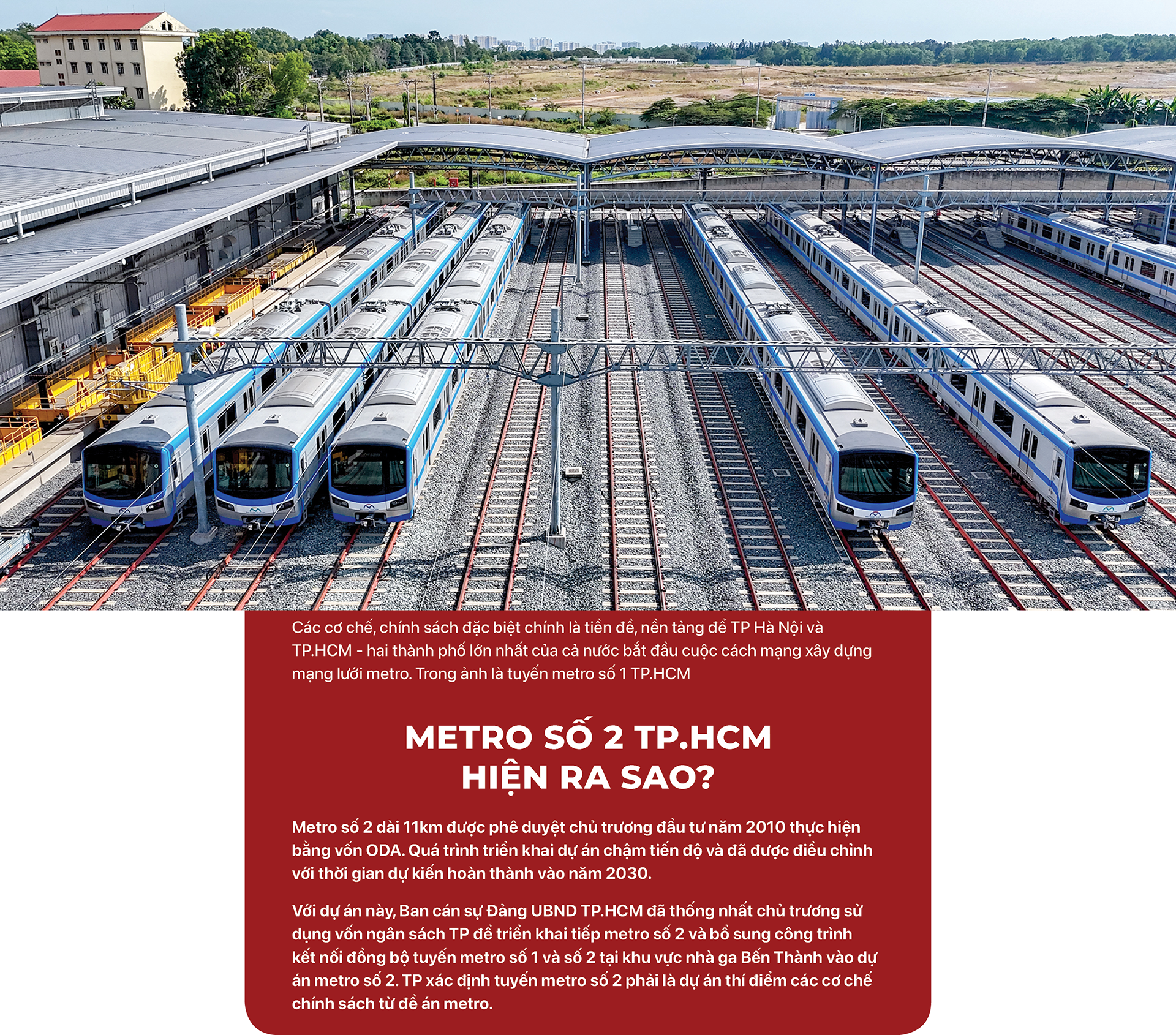
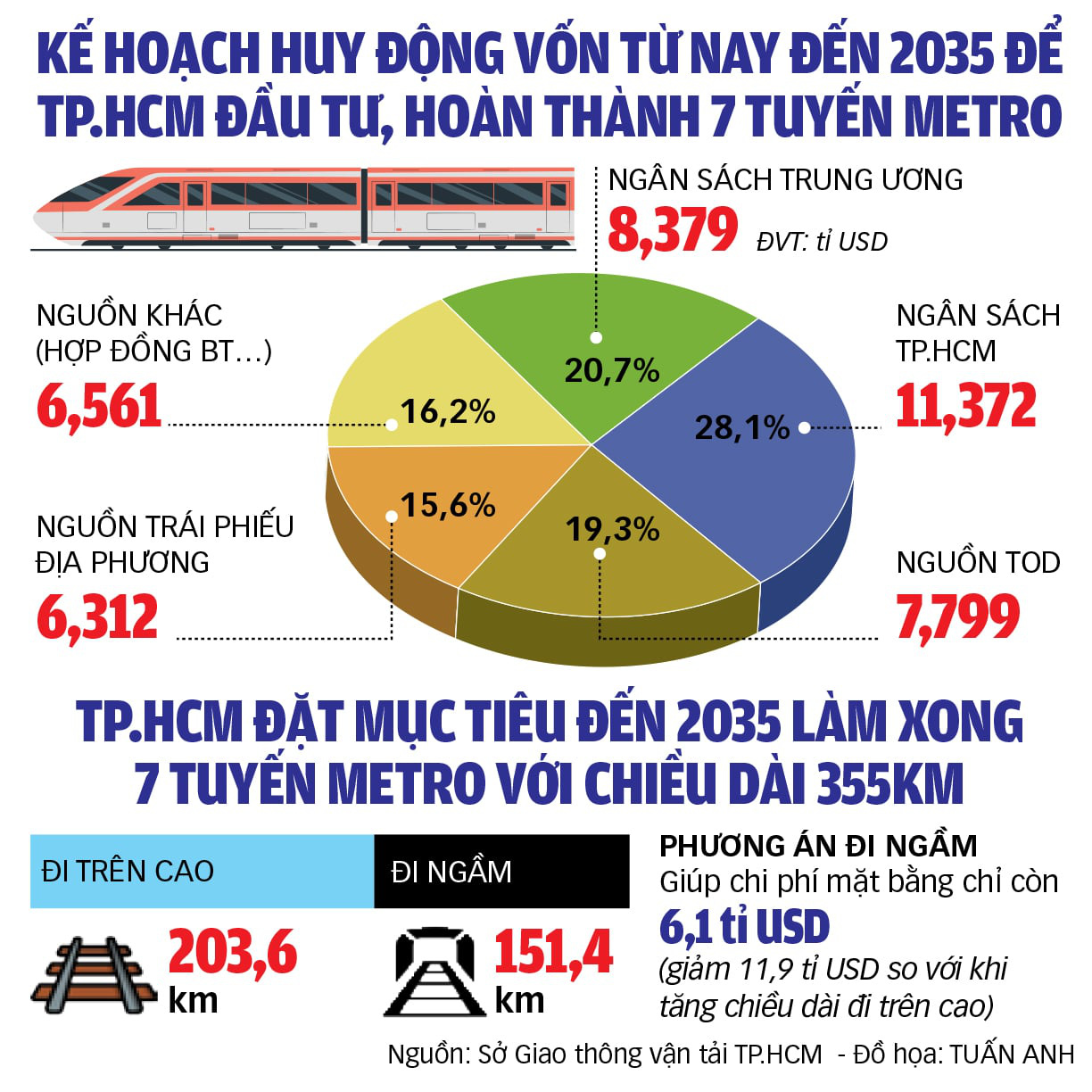
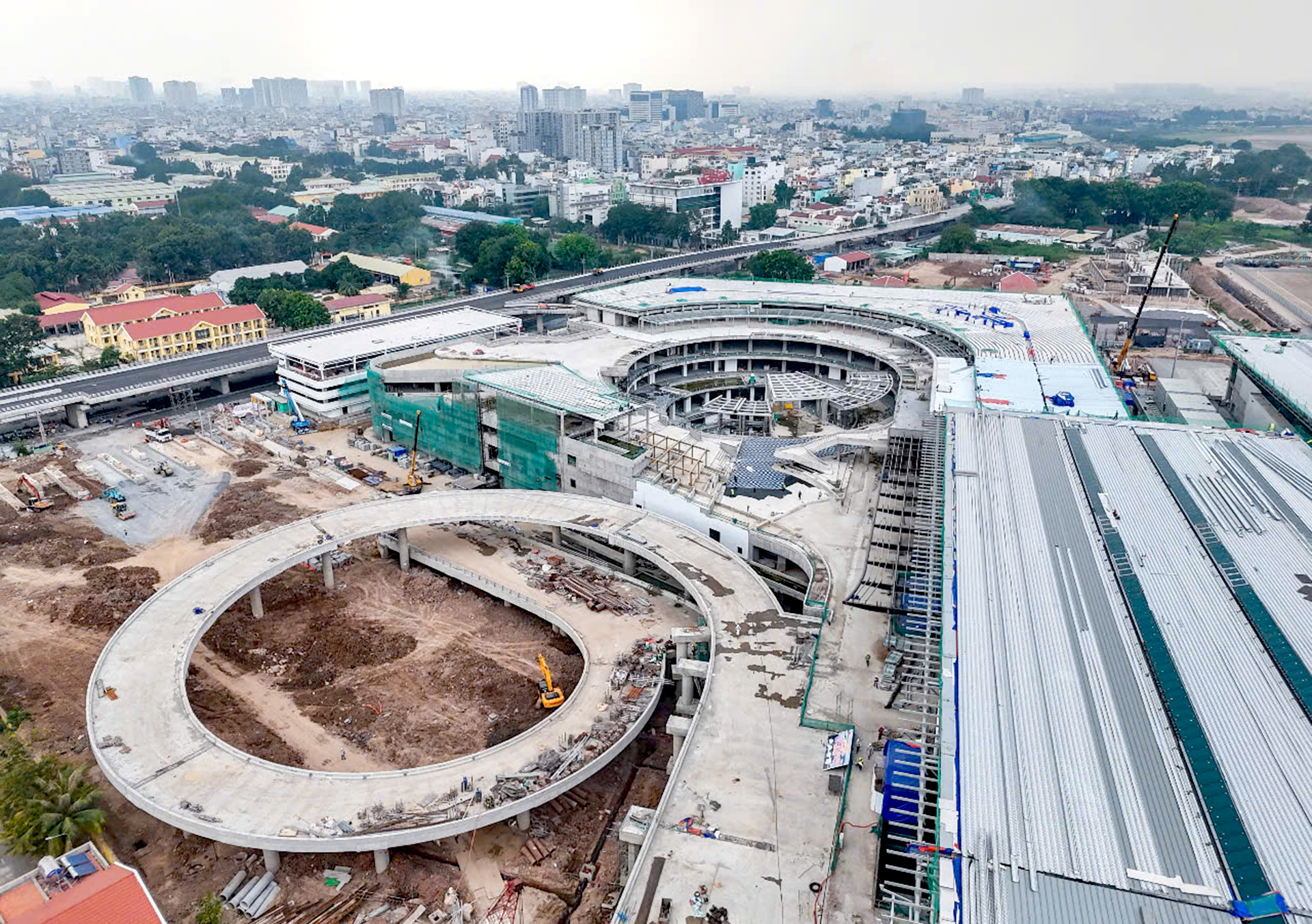
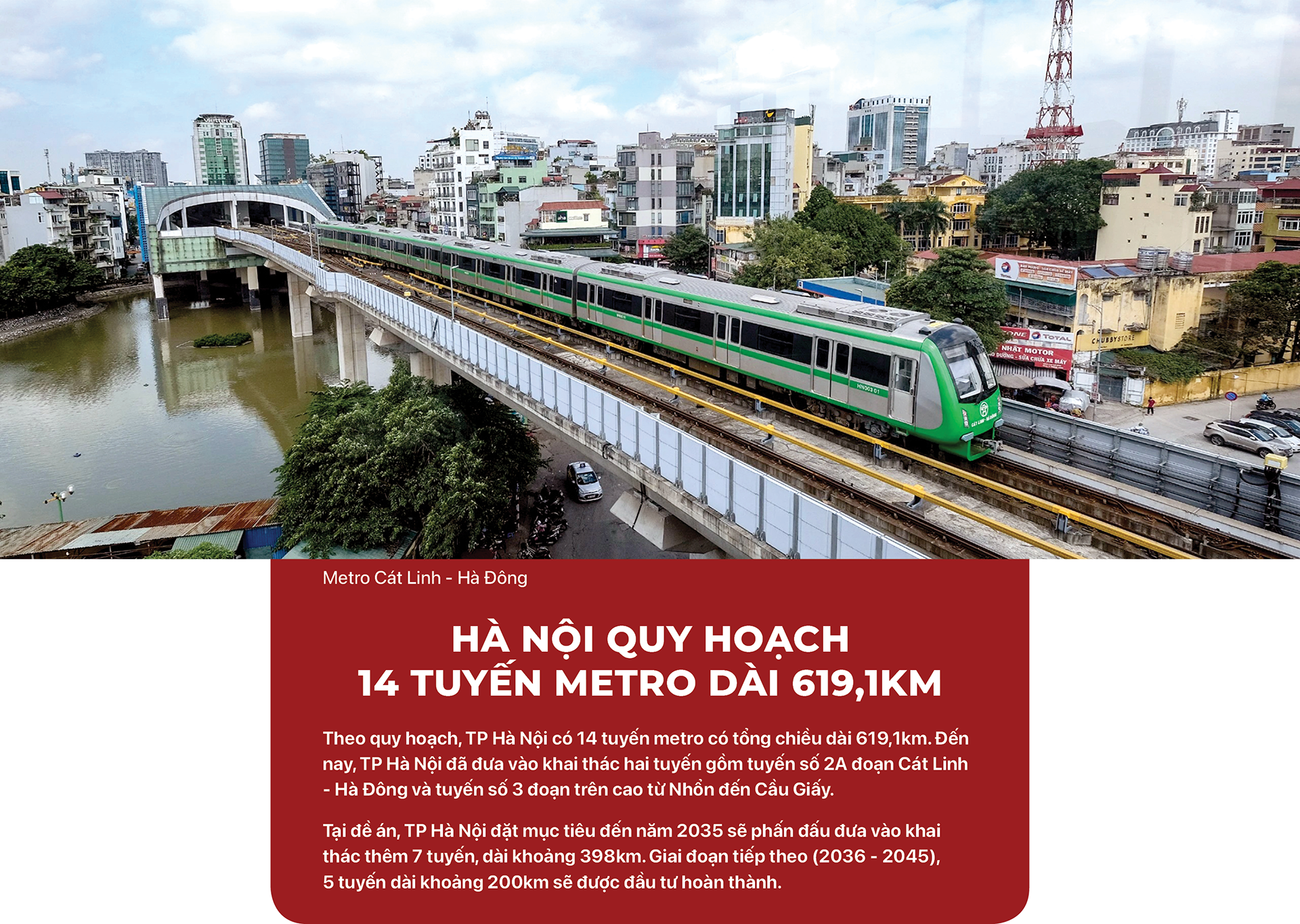

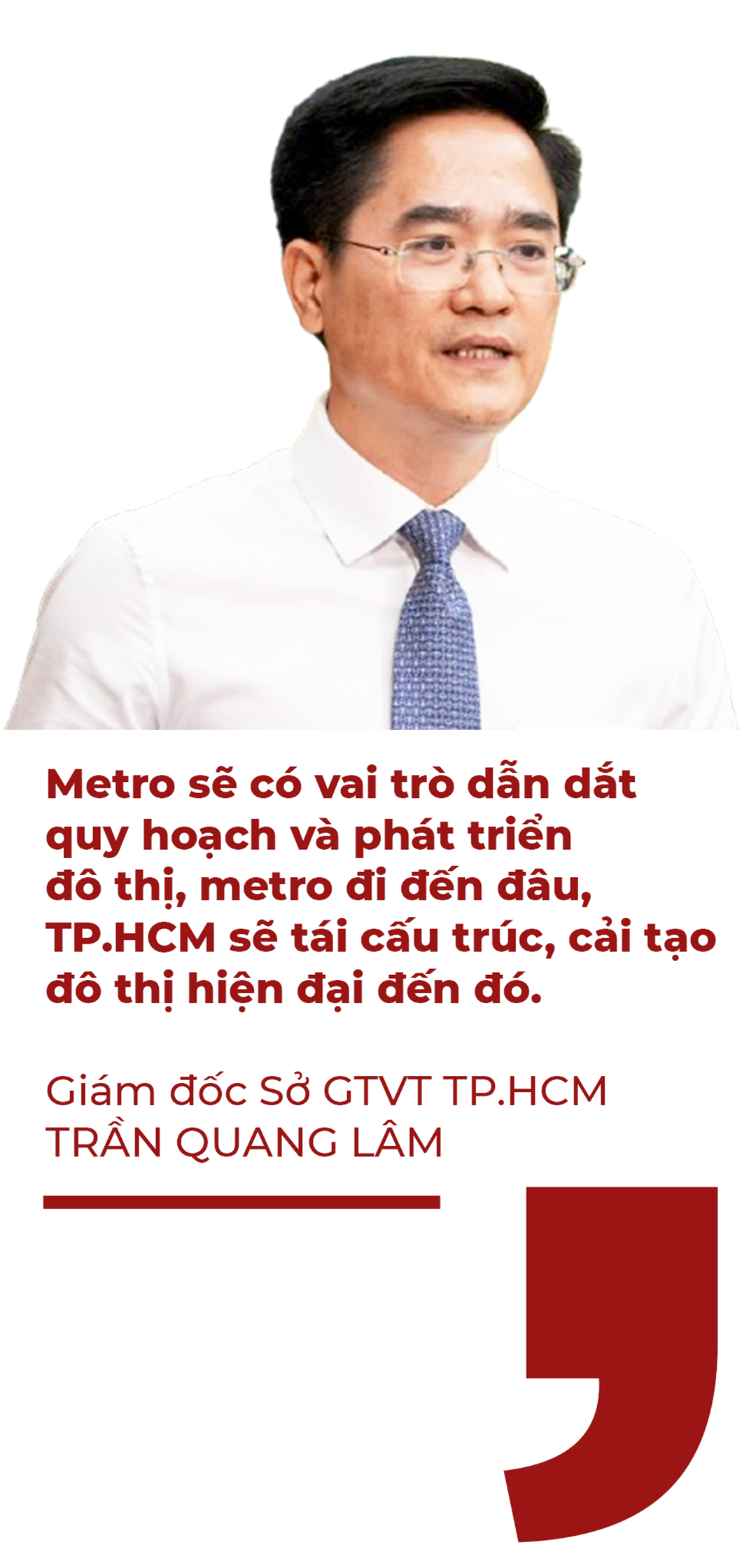
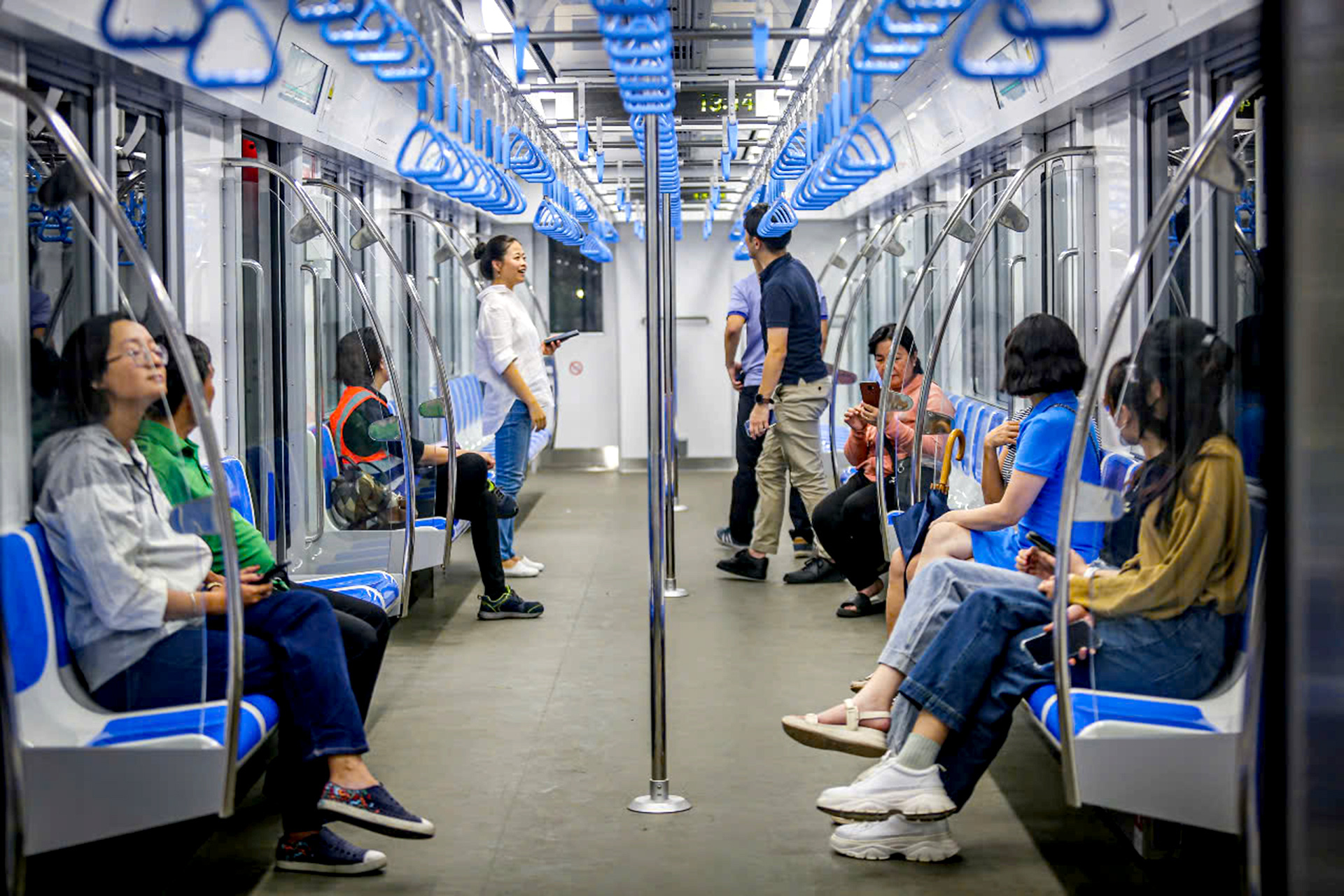
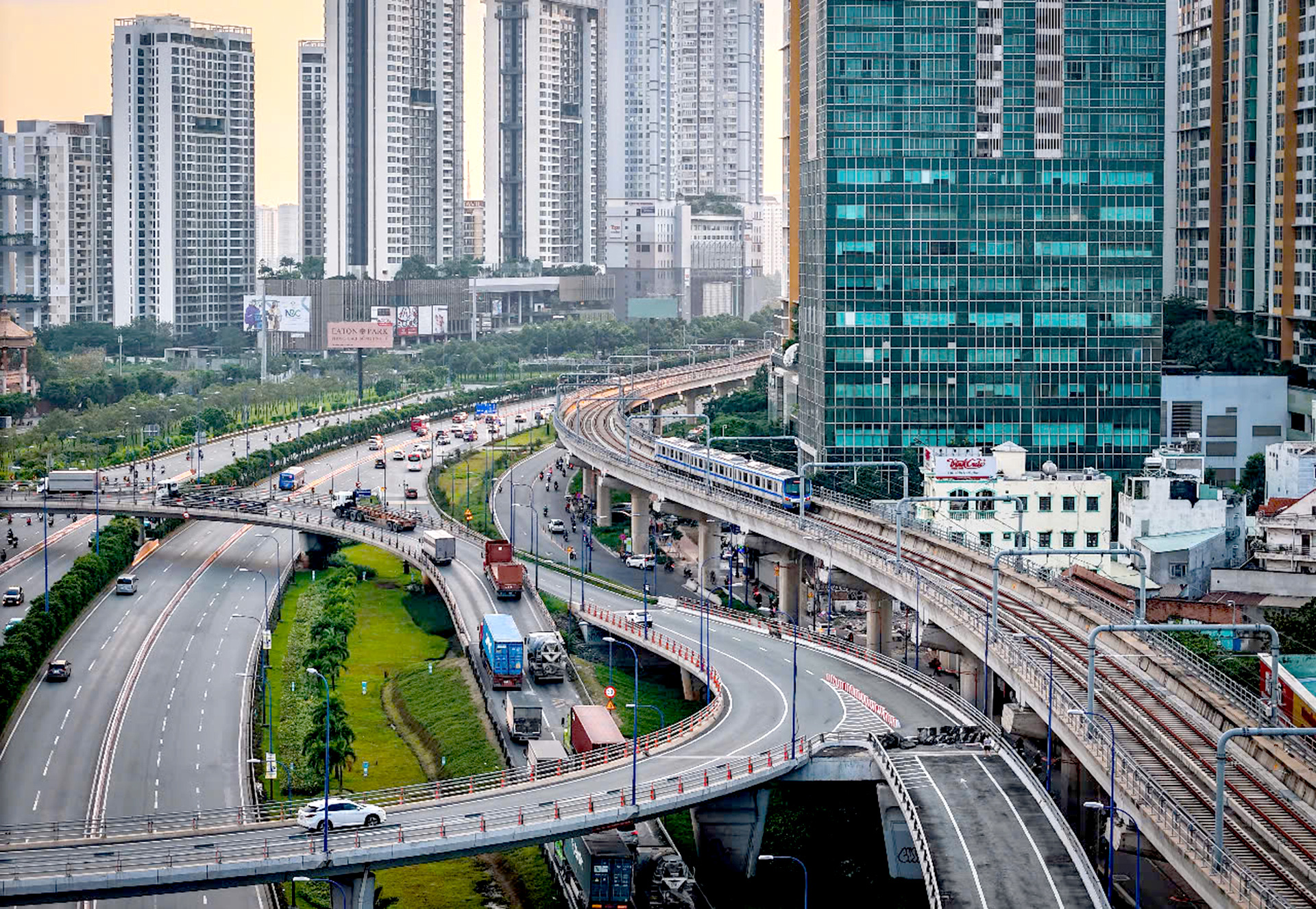
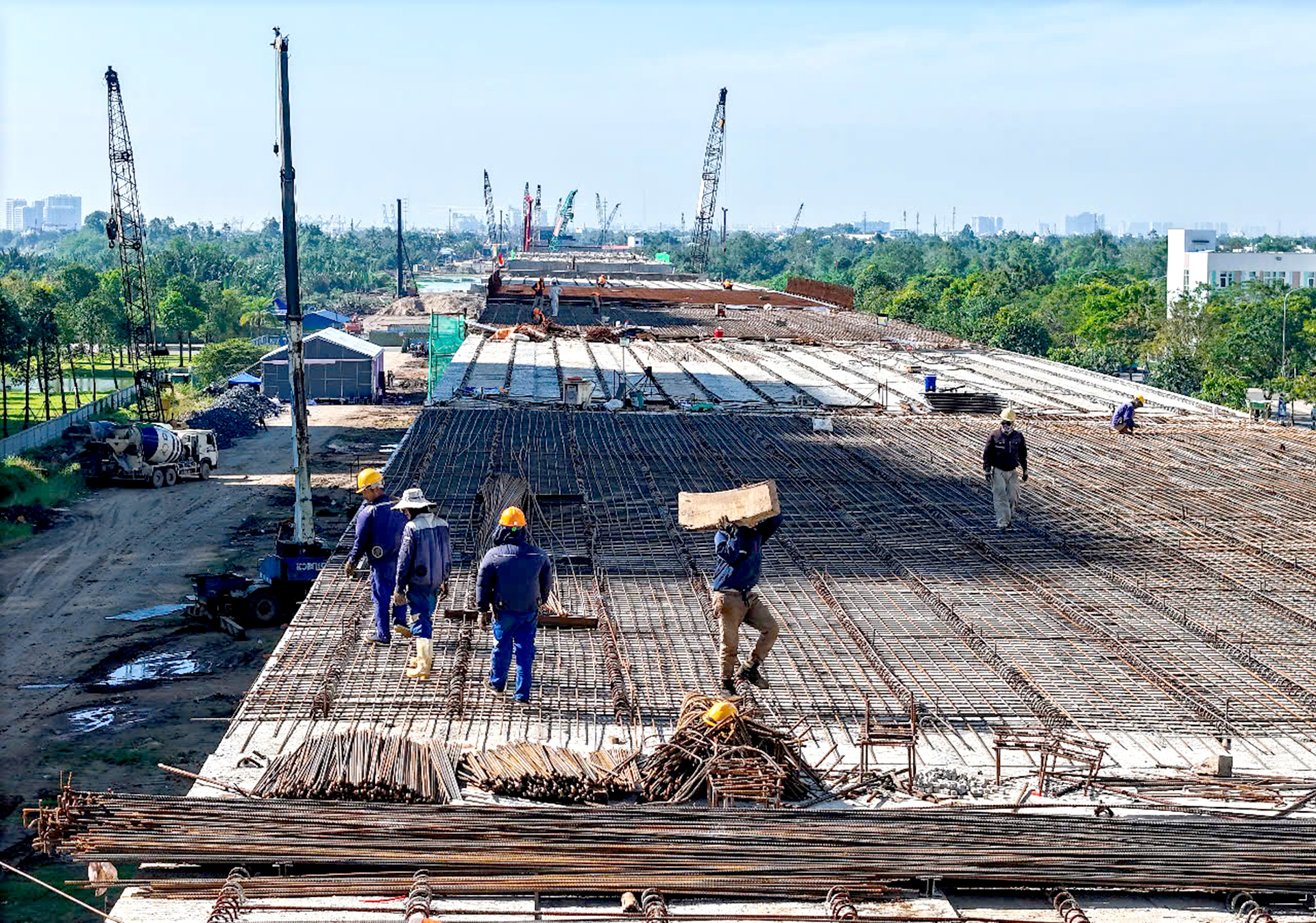
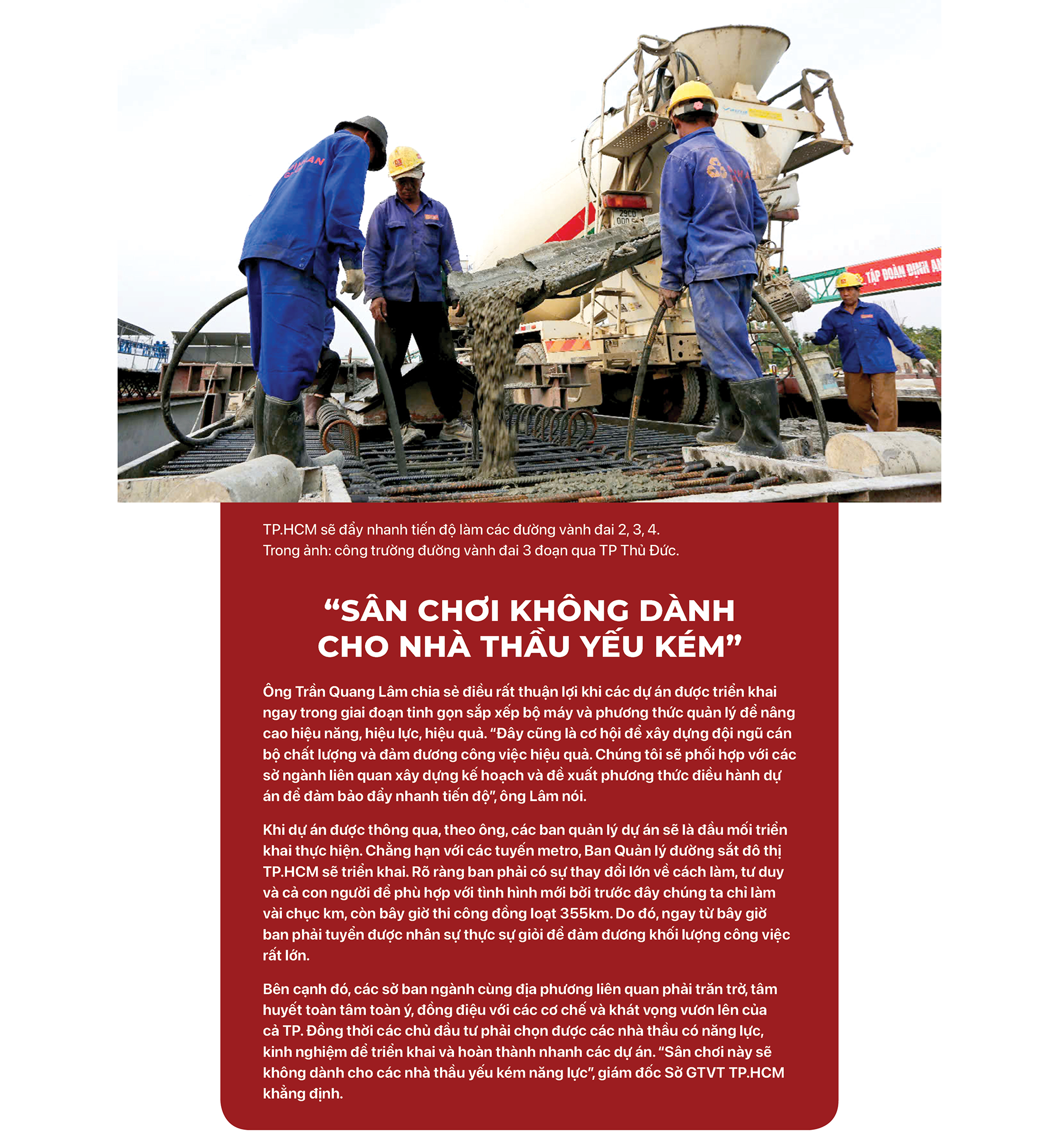
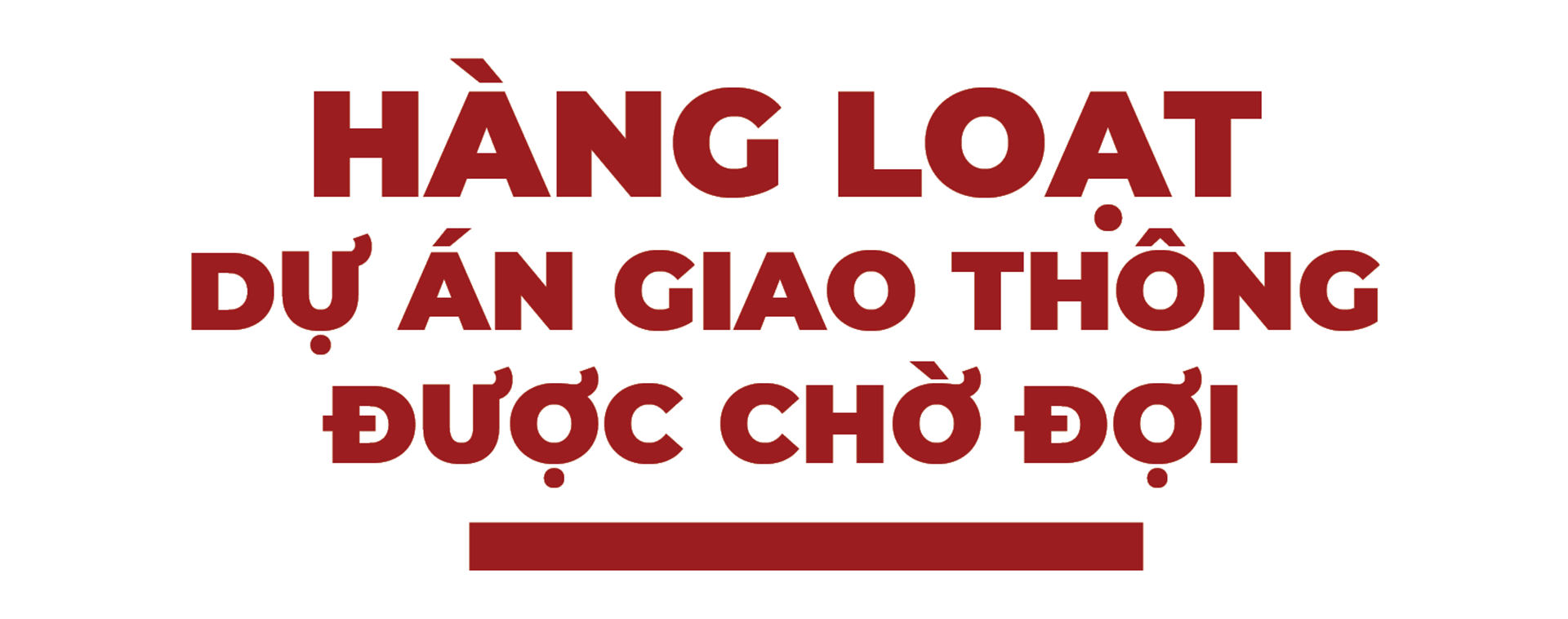
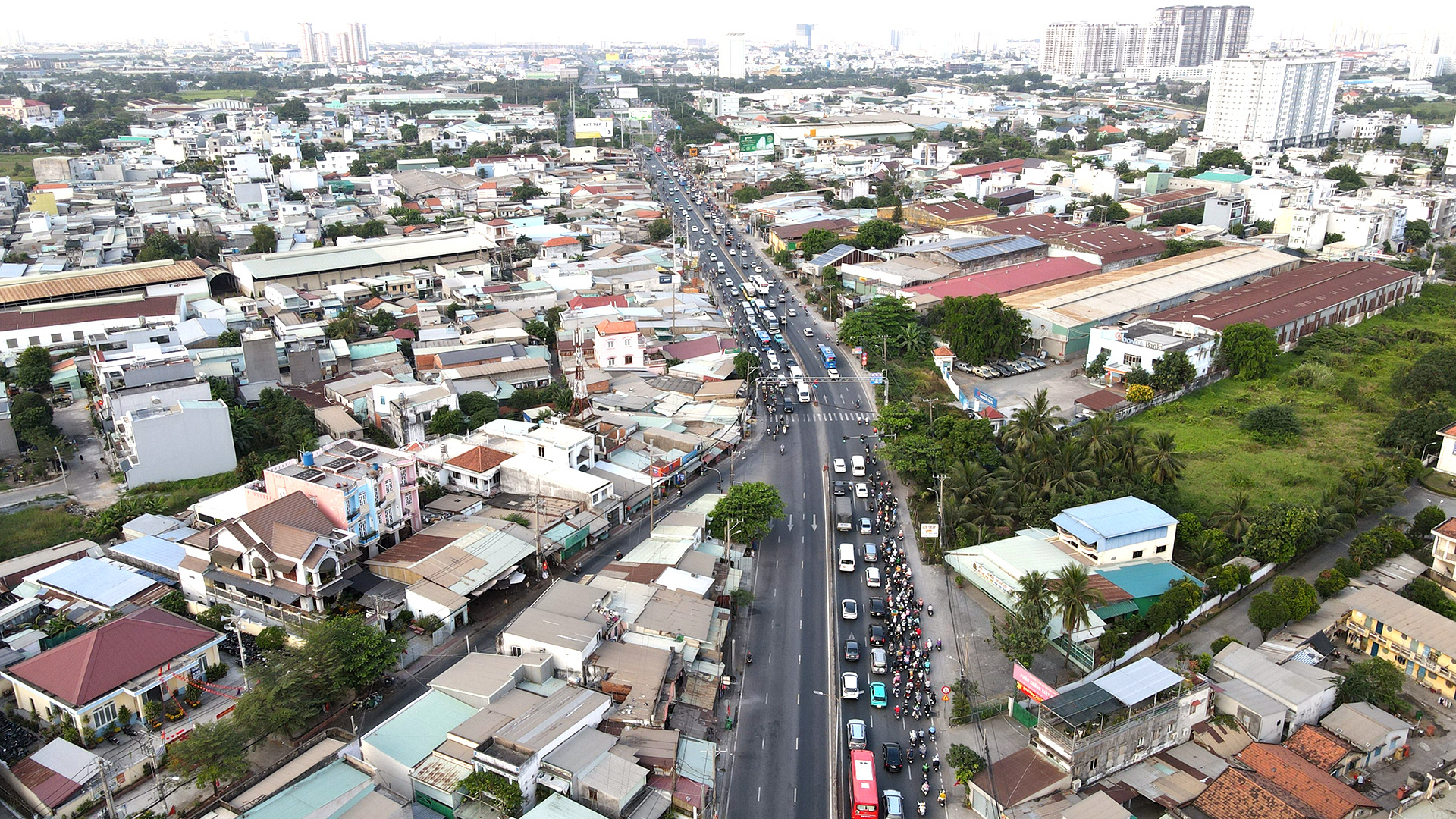
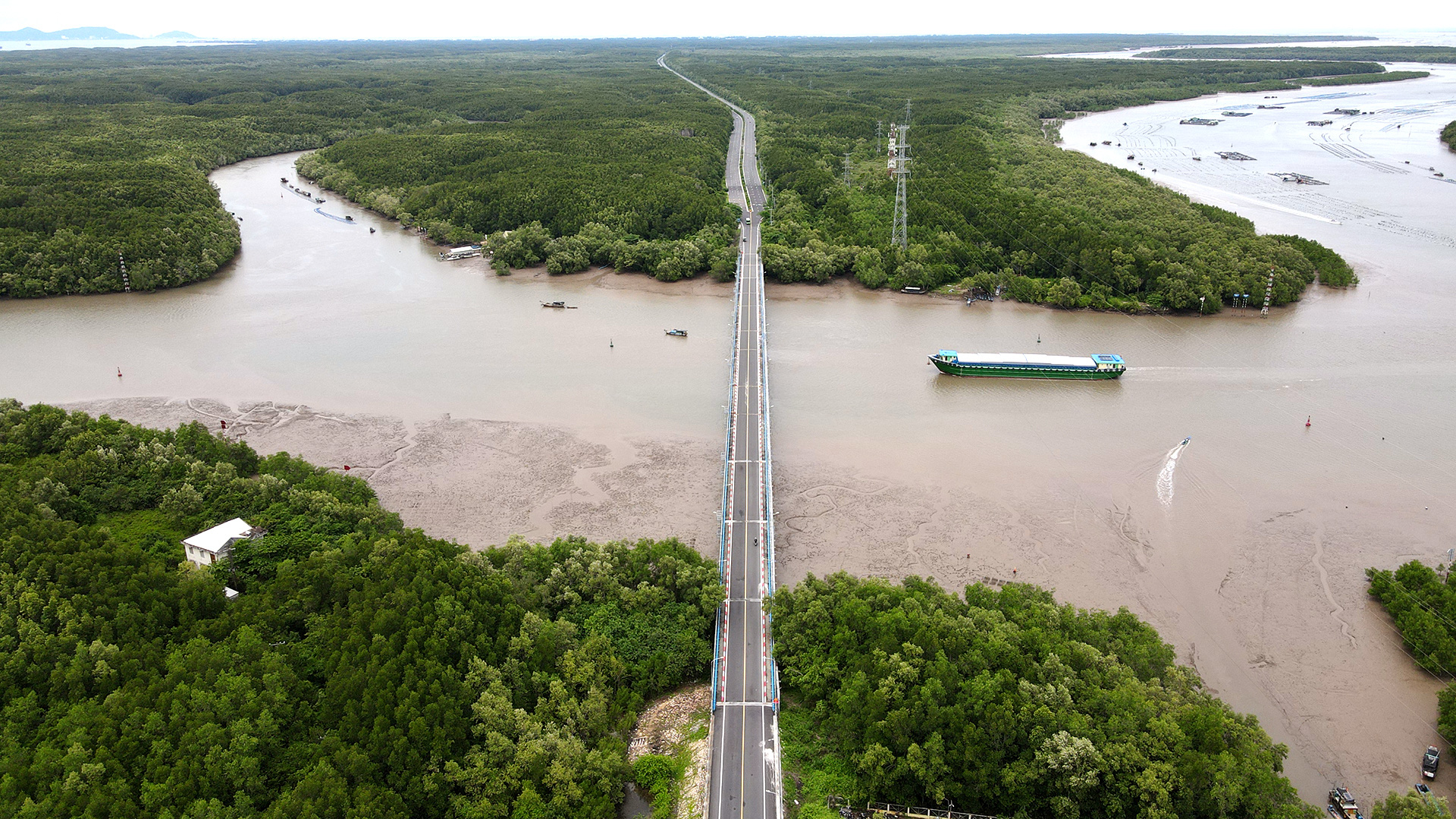
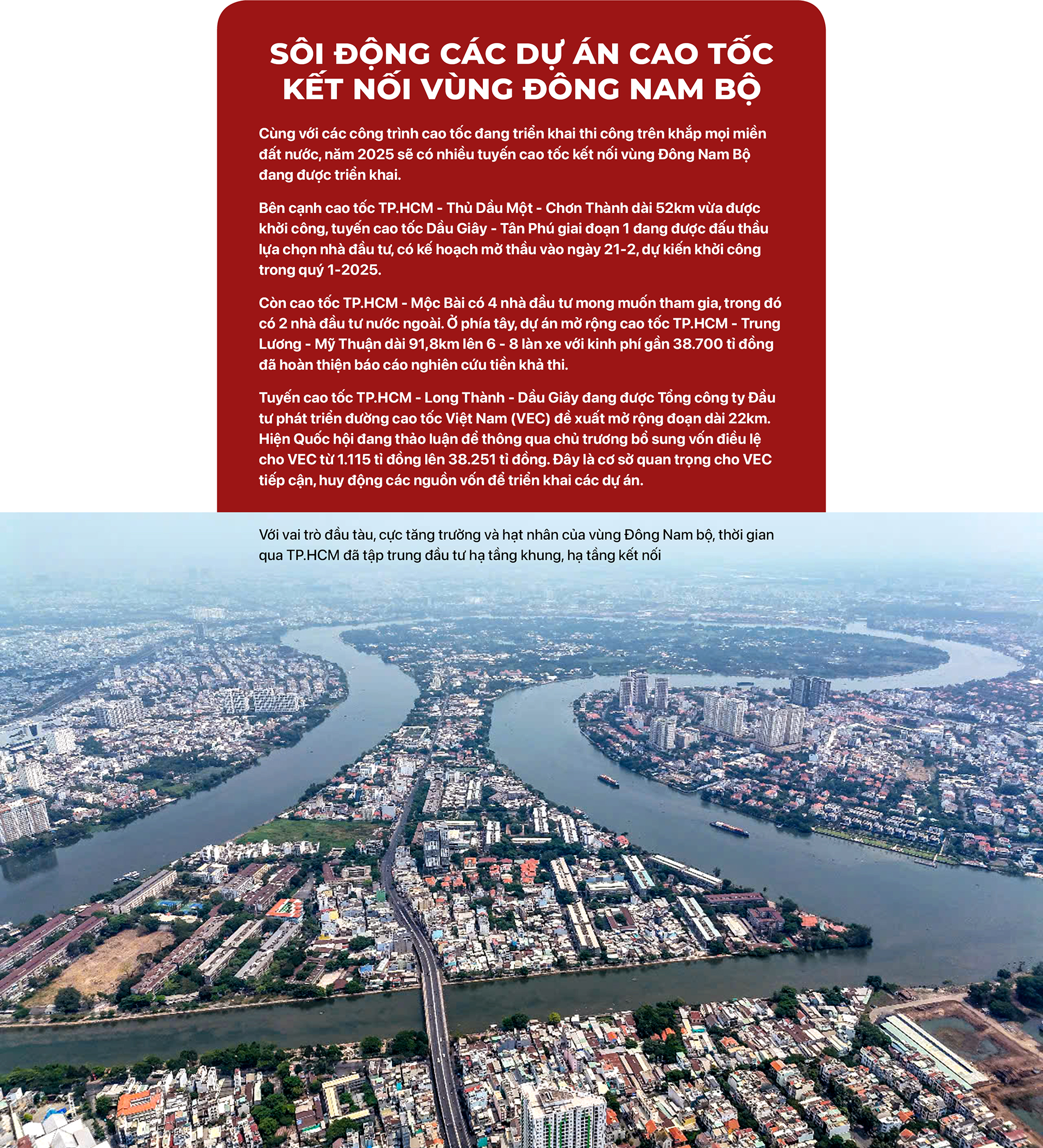

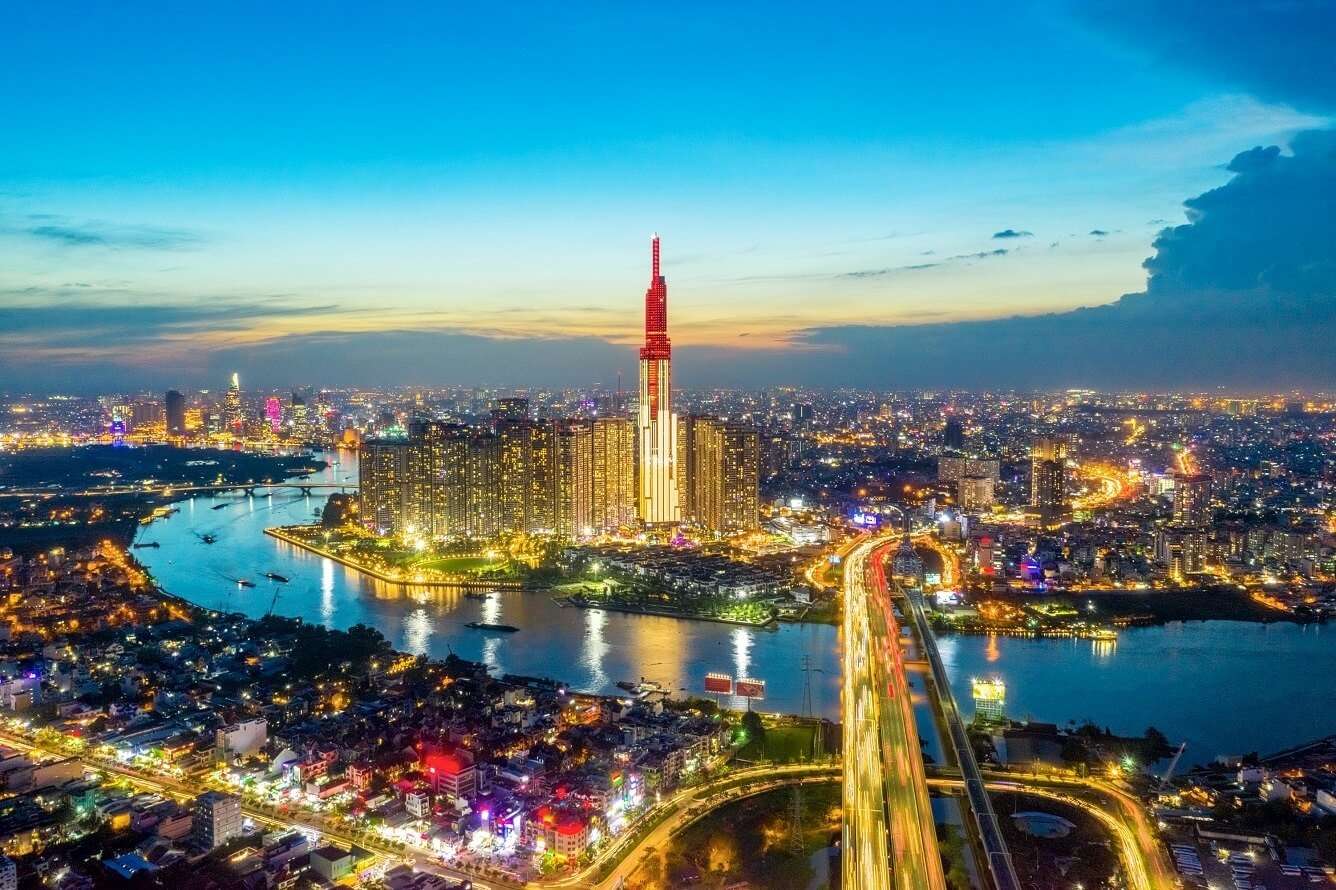




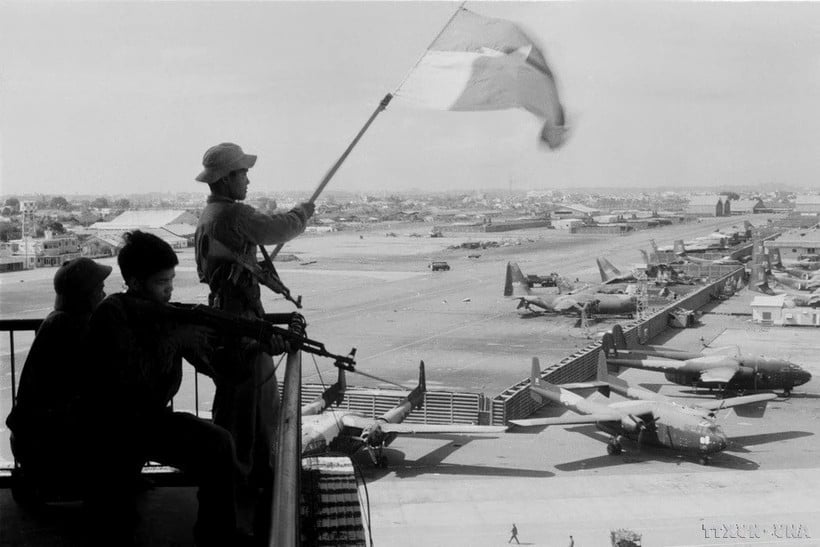


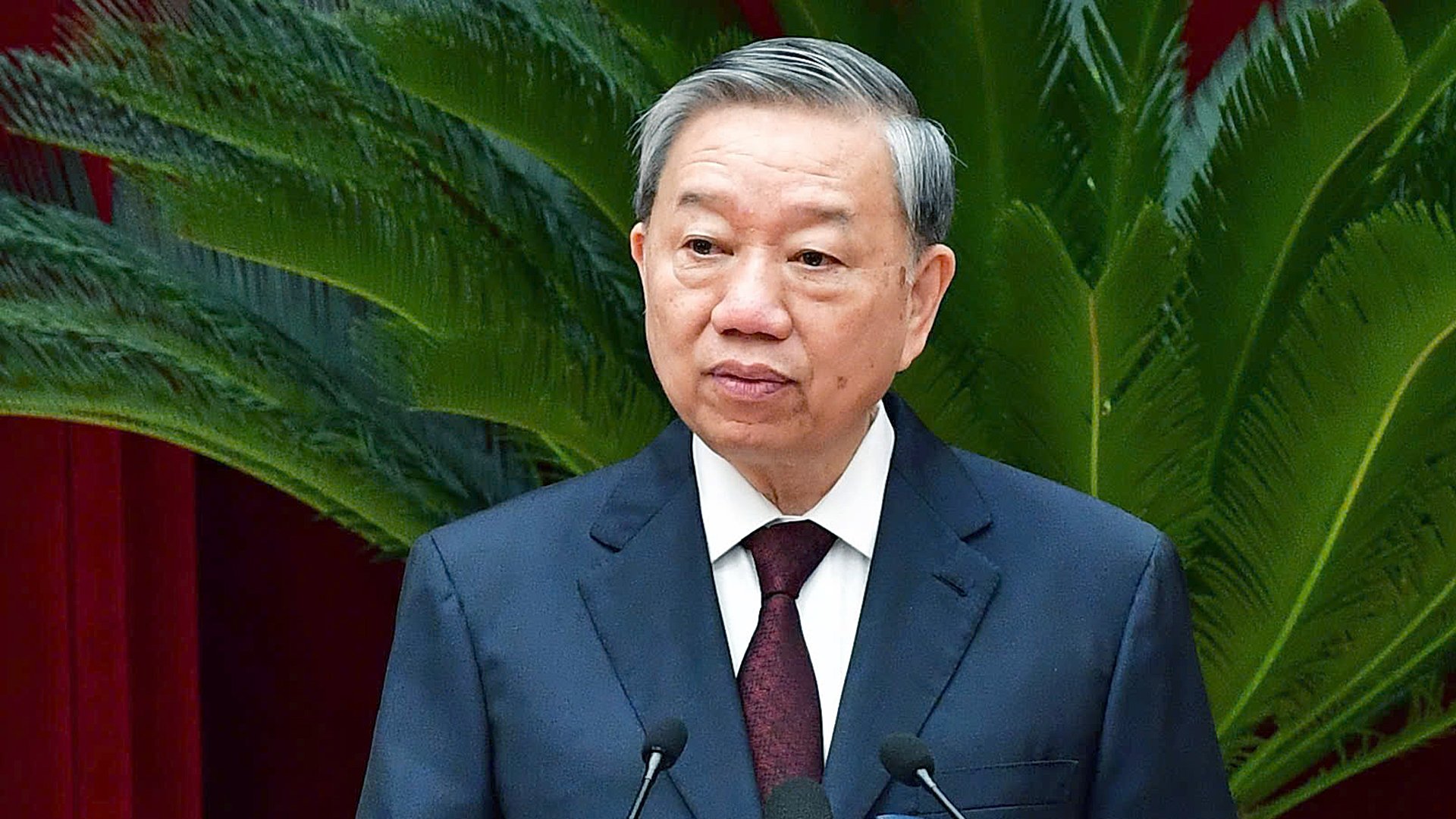
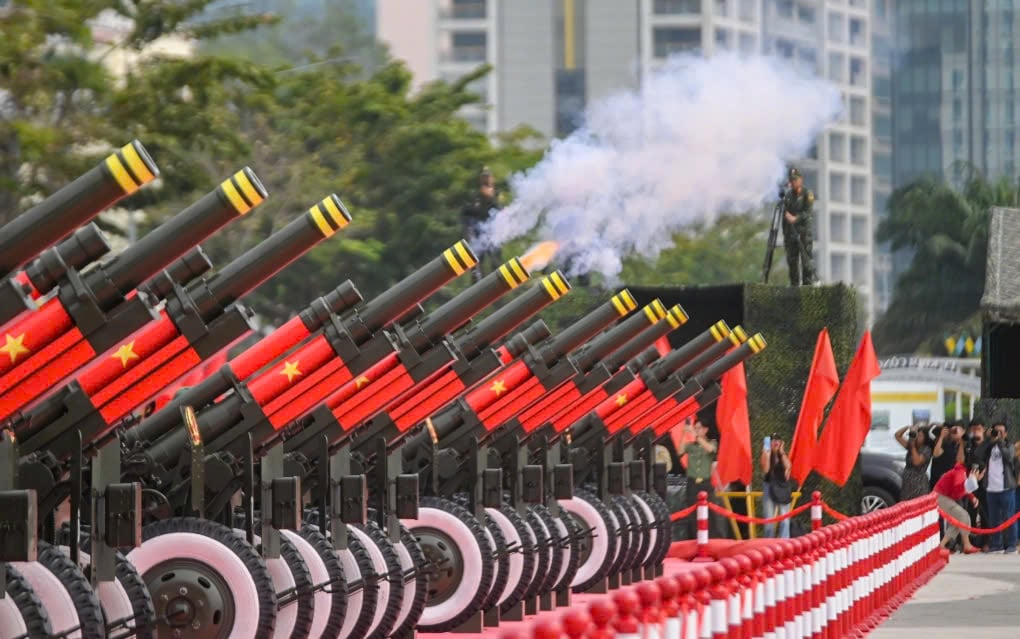

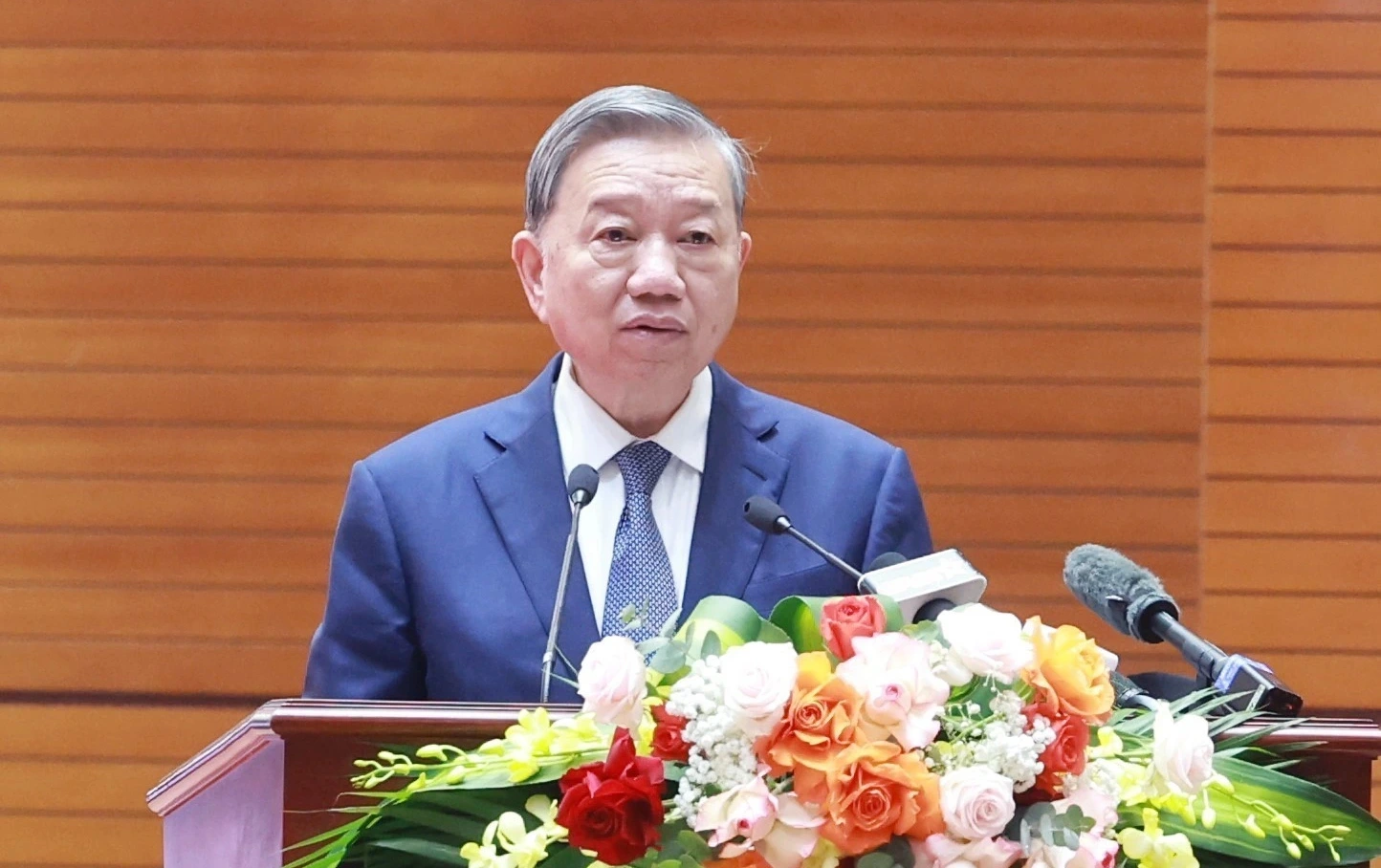

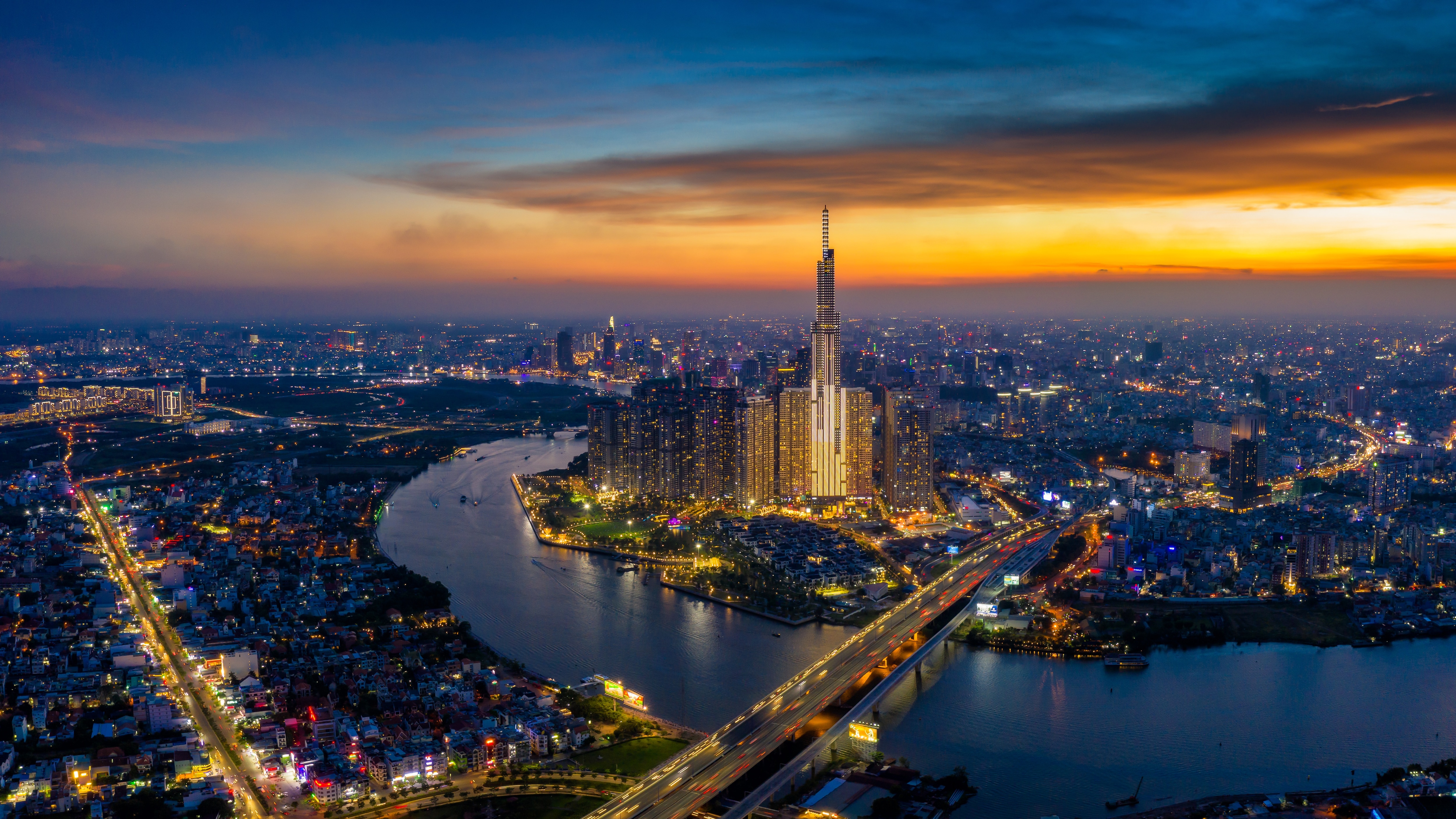

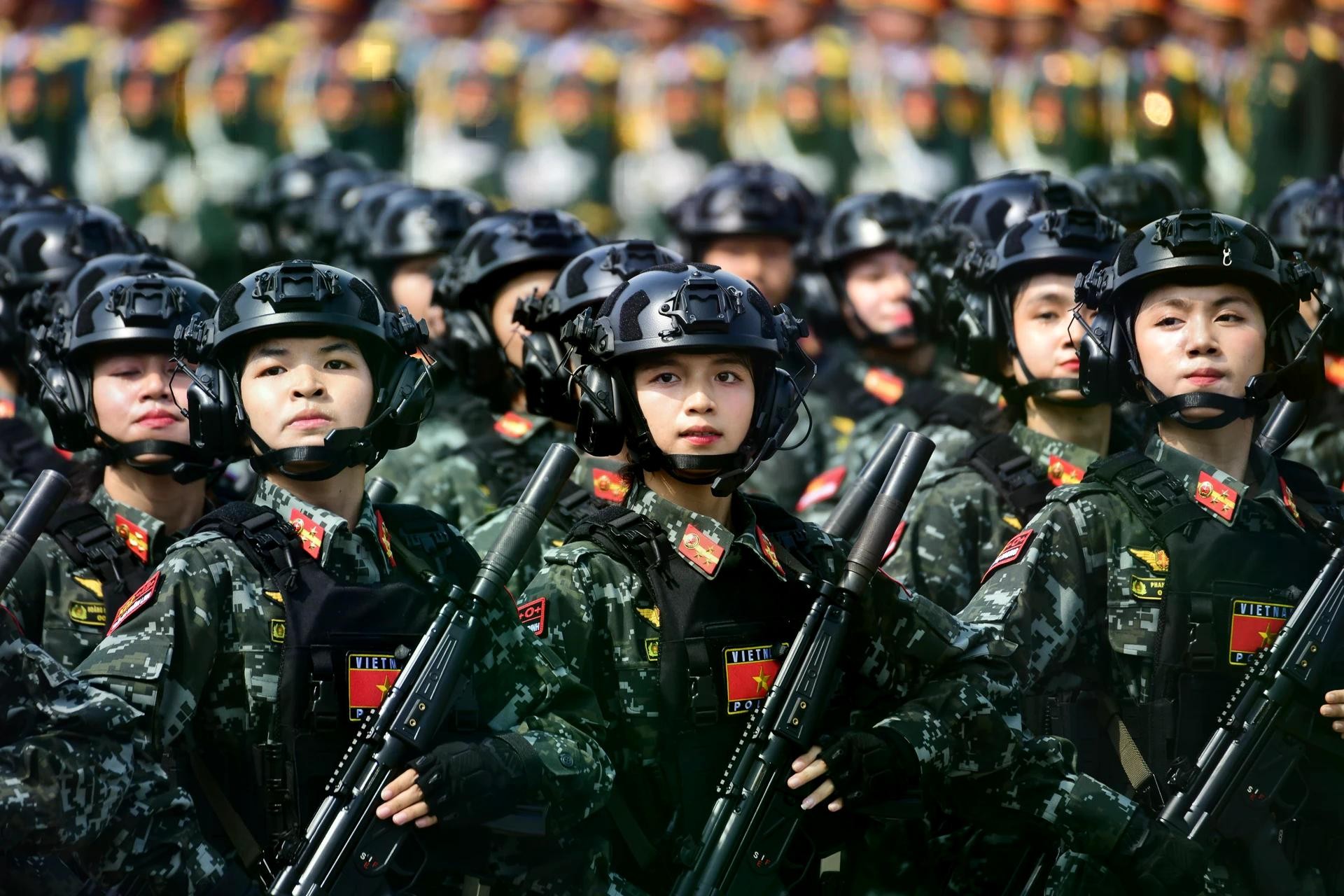
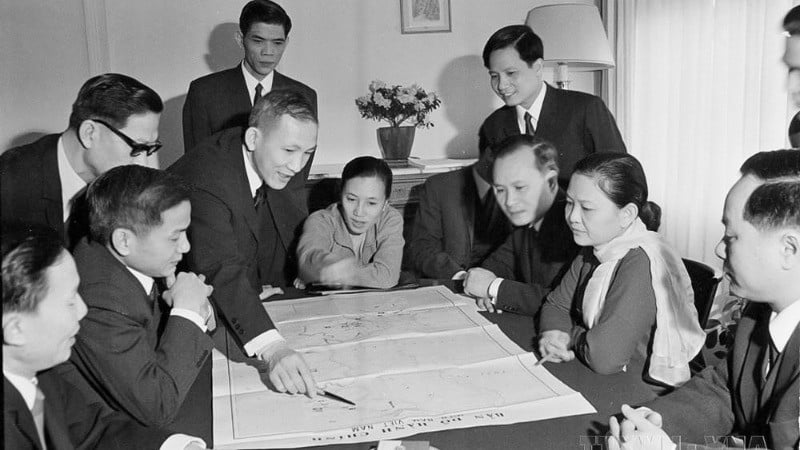
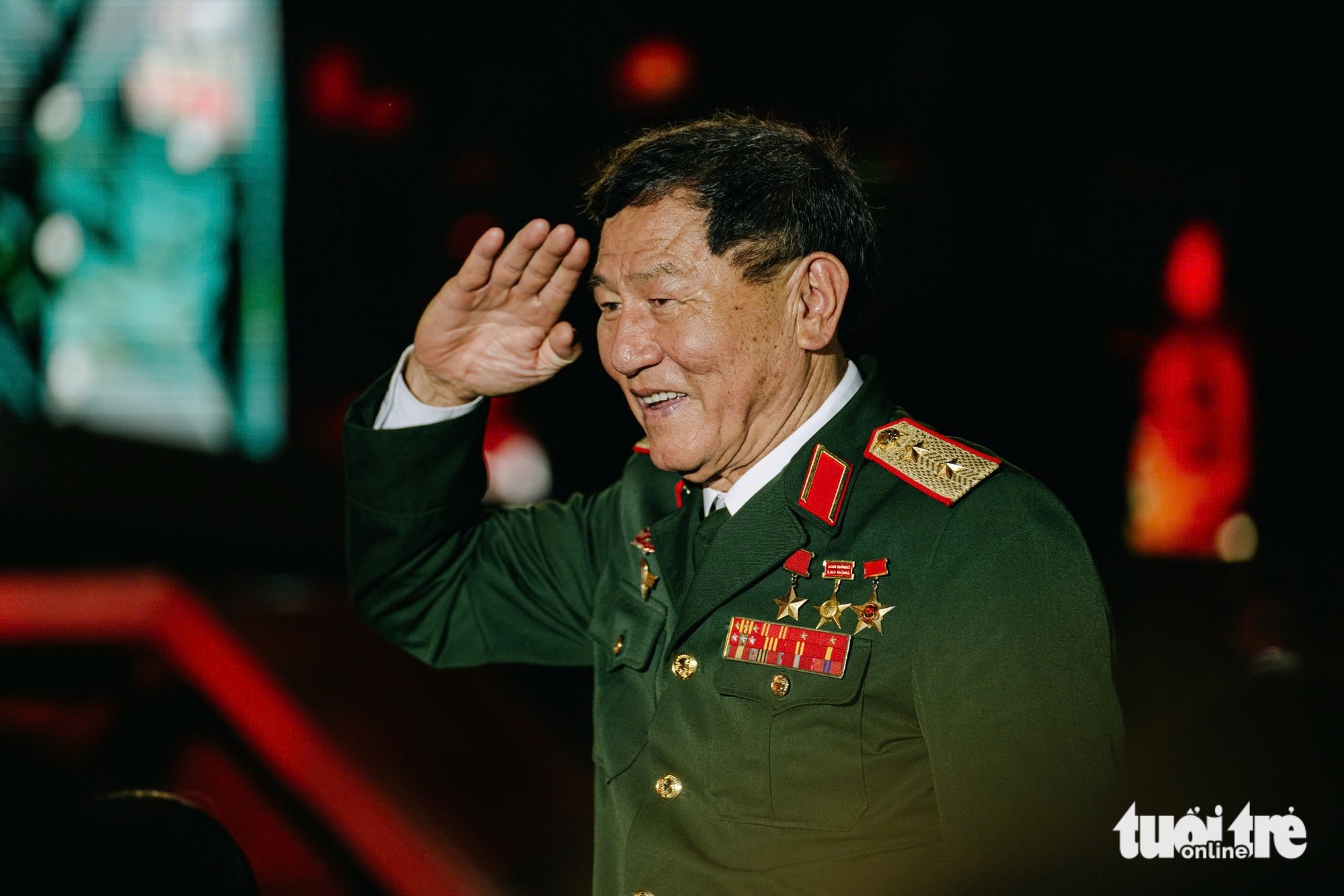
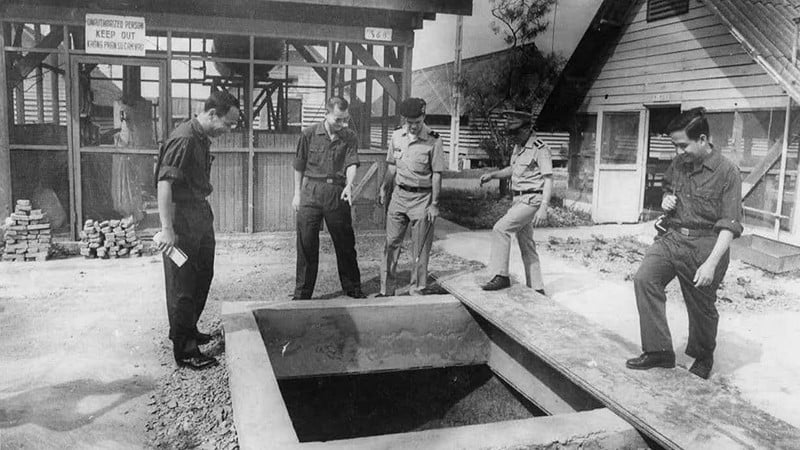
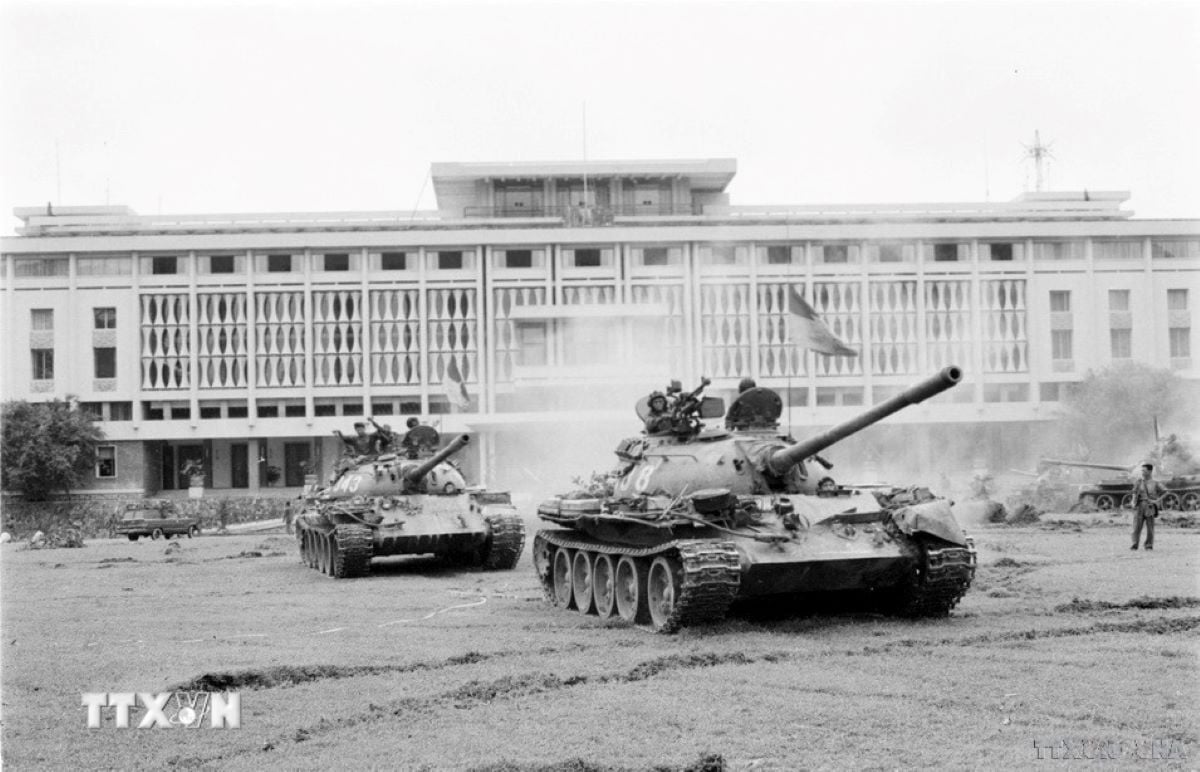
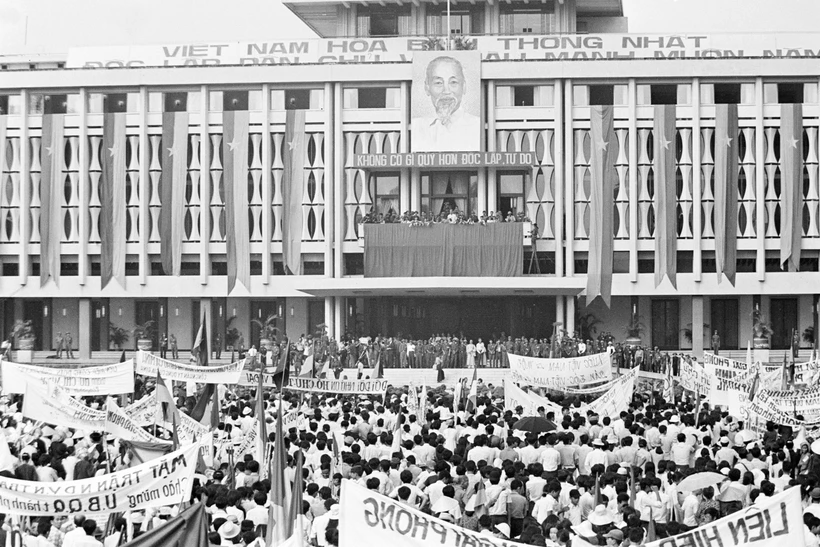




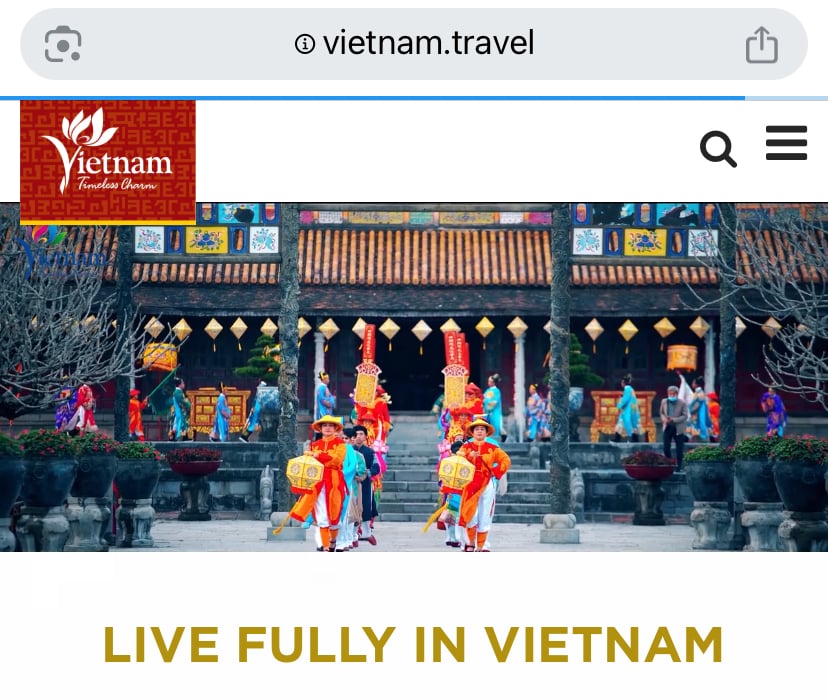
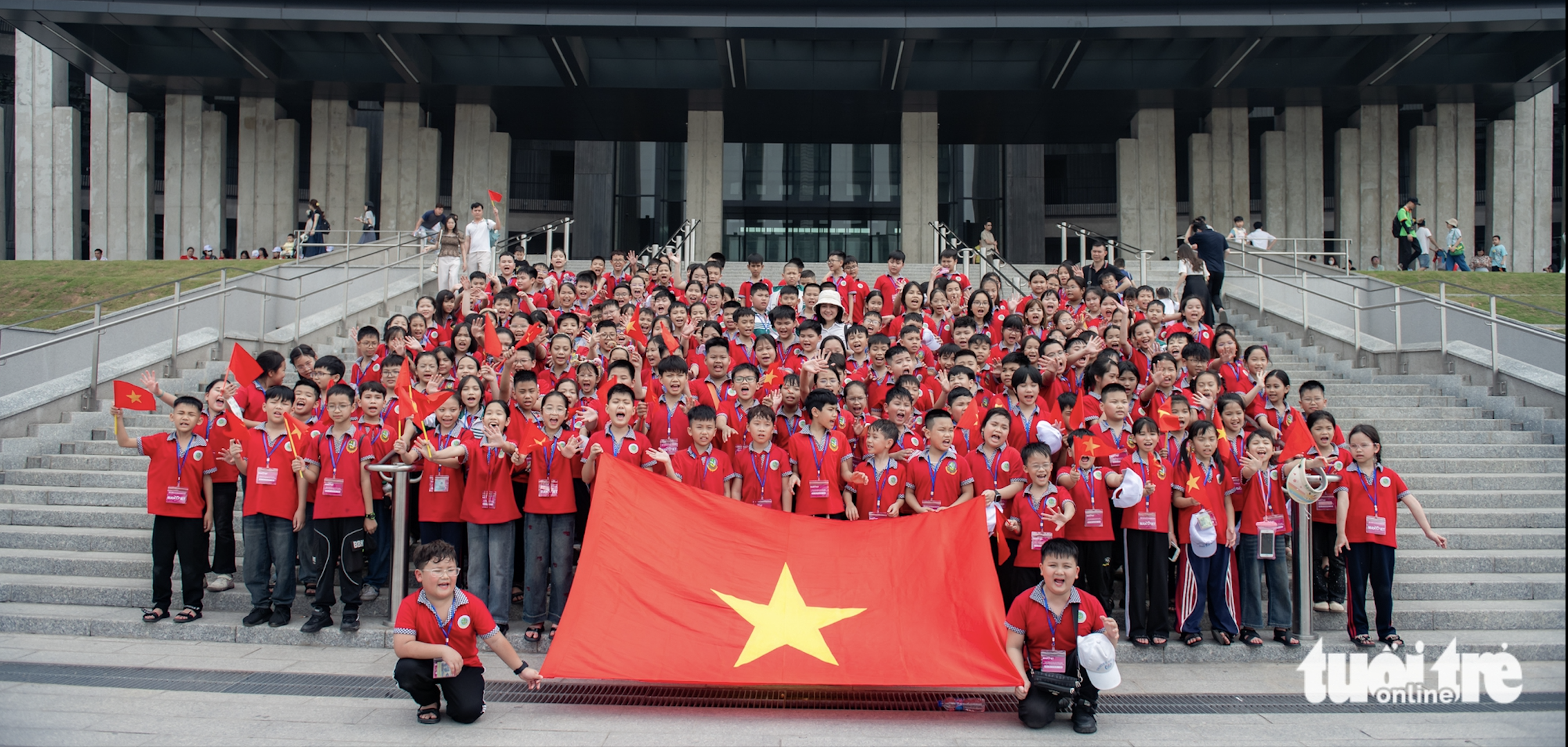
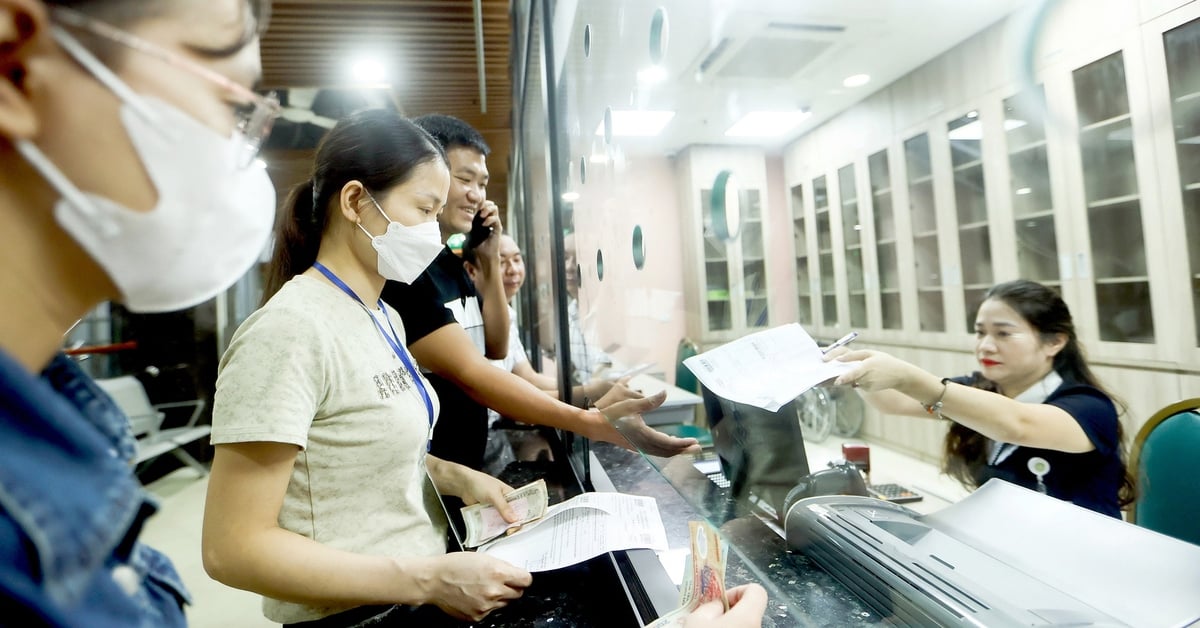
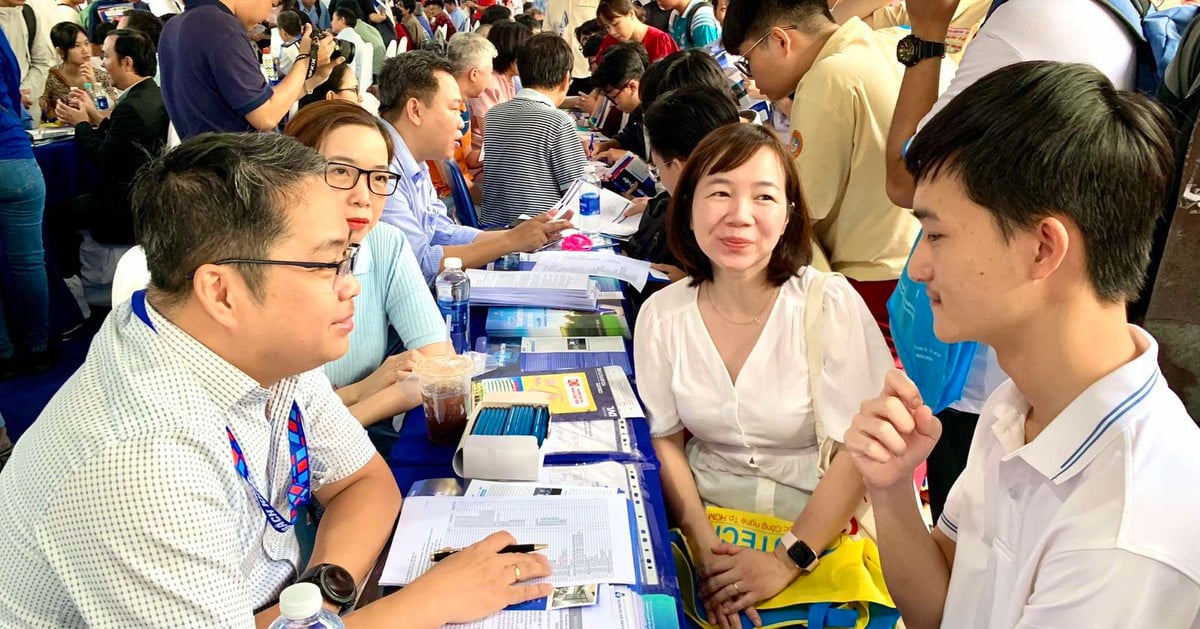
![[Photo] "Beauties" participate in the parade rehearsal at Bien Hoa airport](https://vstatic.vietnam.vn/vietnam/resource/IMAGE/2025/4/11/155502af3384431e918de0e2e585d13a)
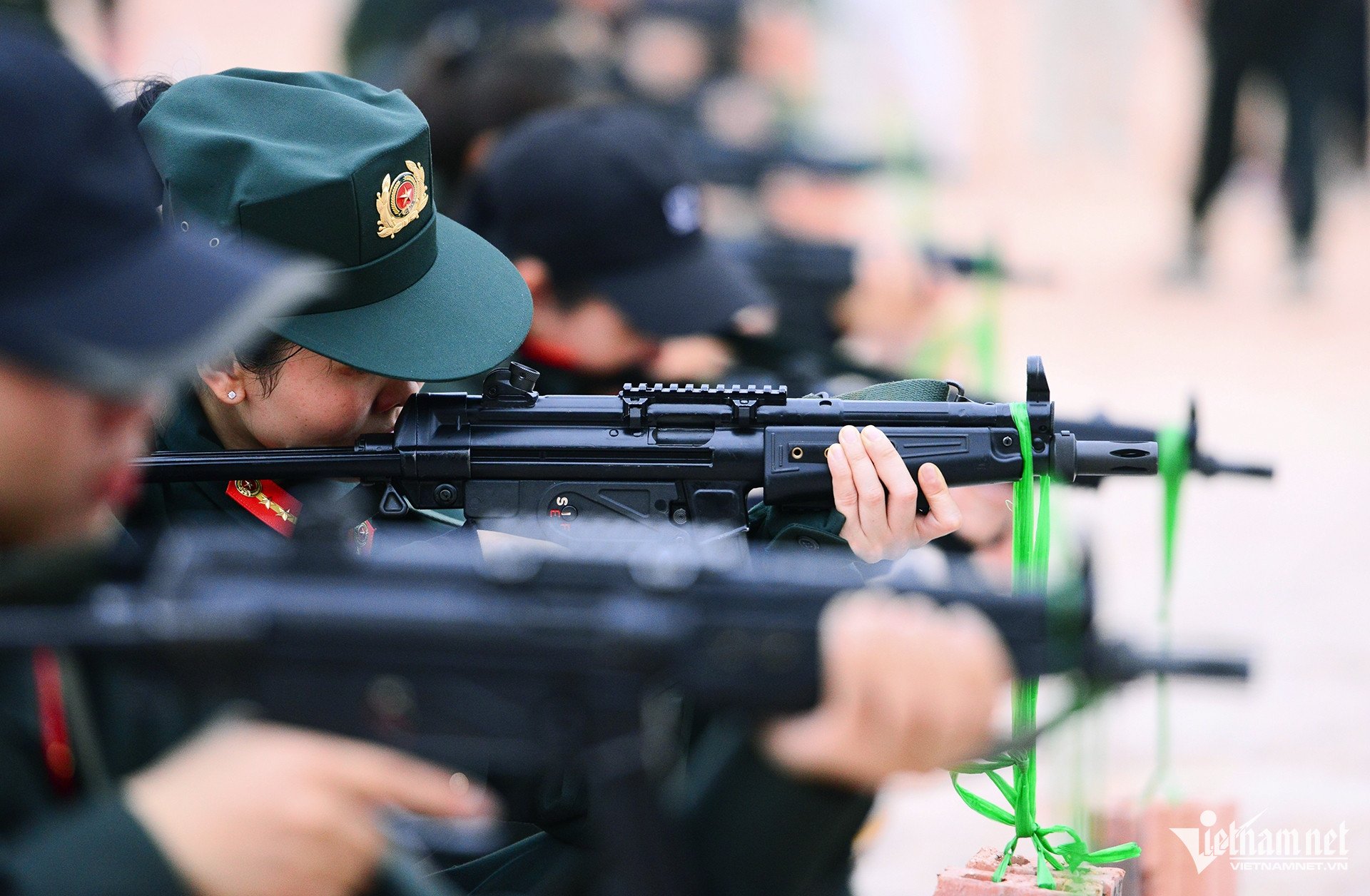






























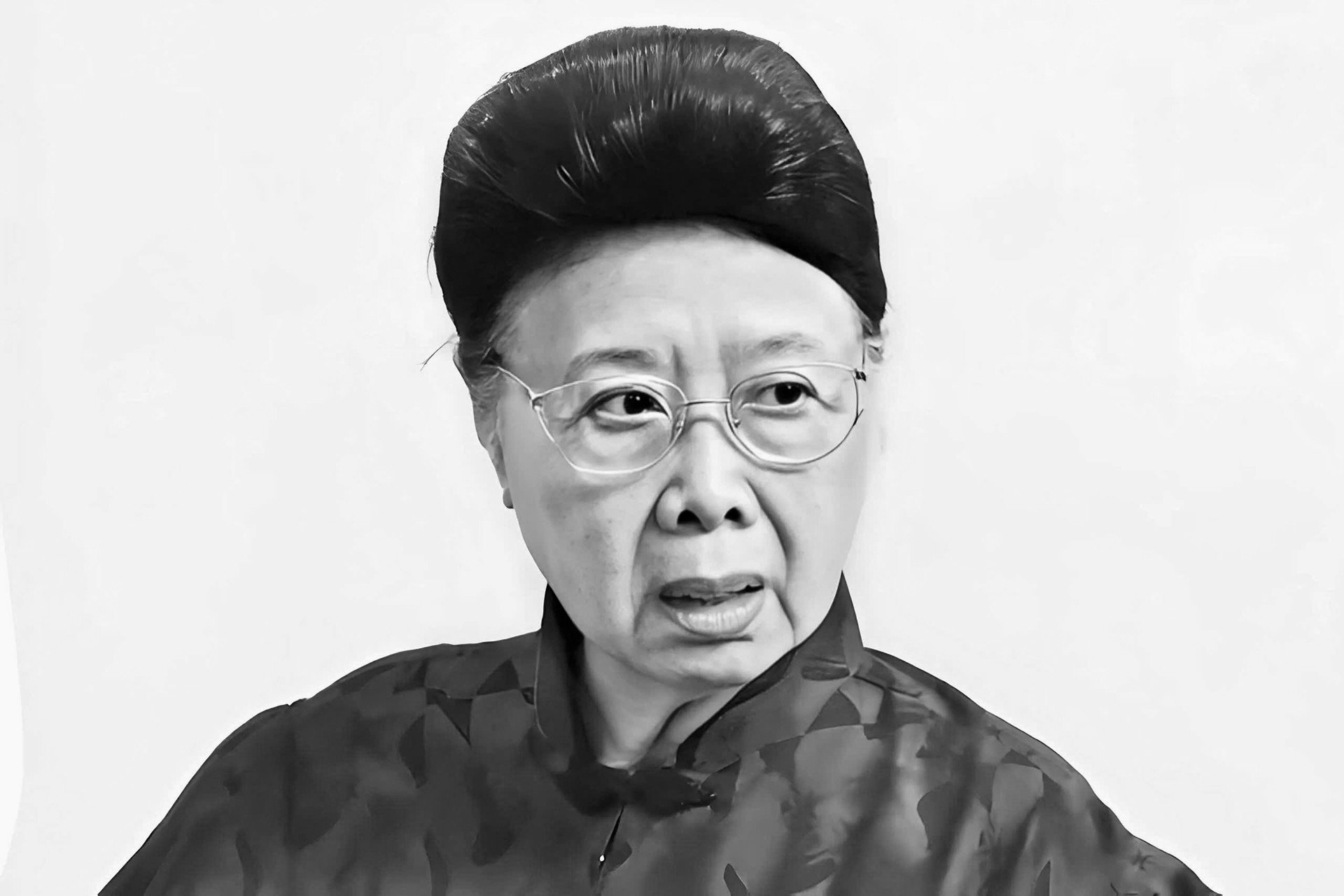








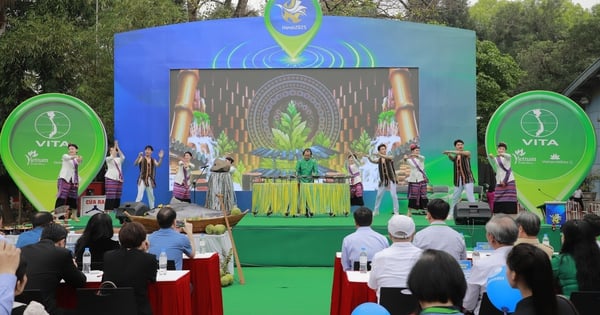
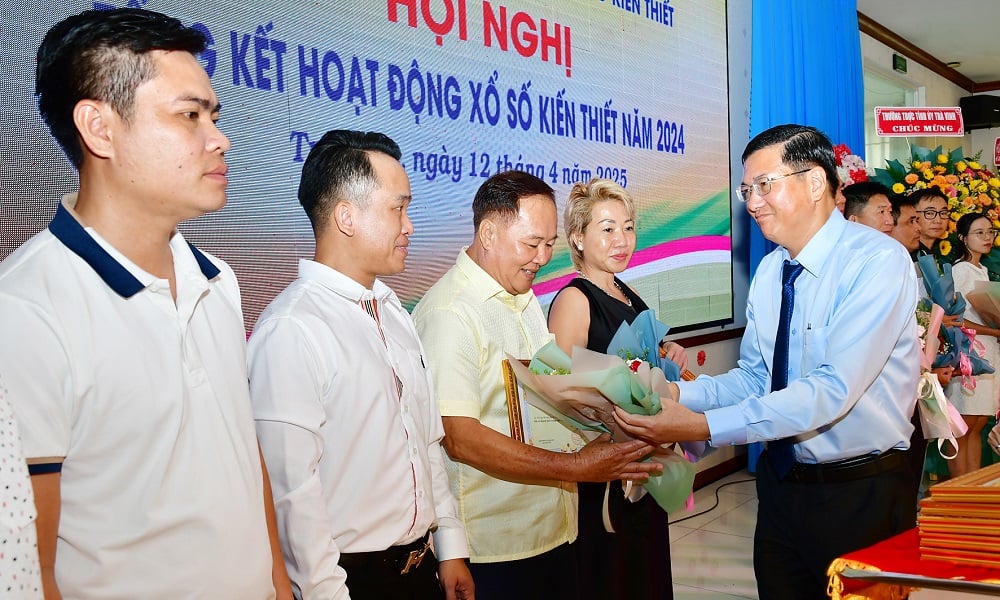
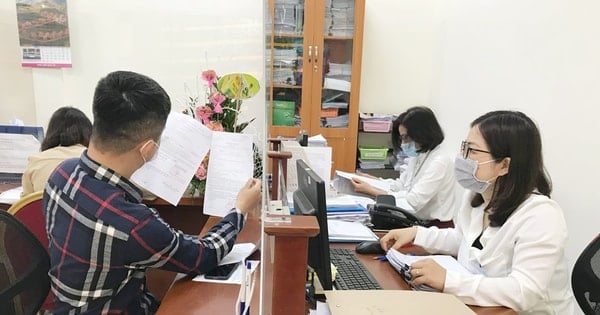



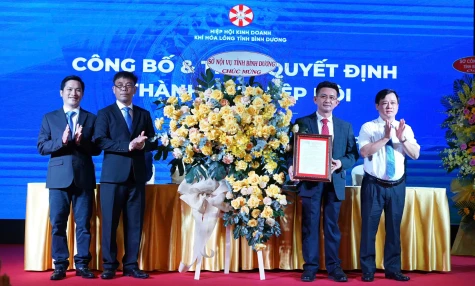



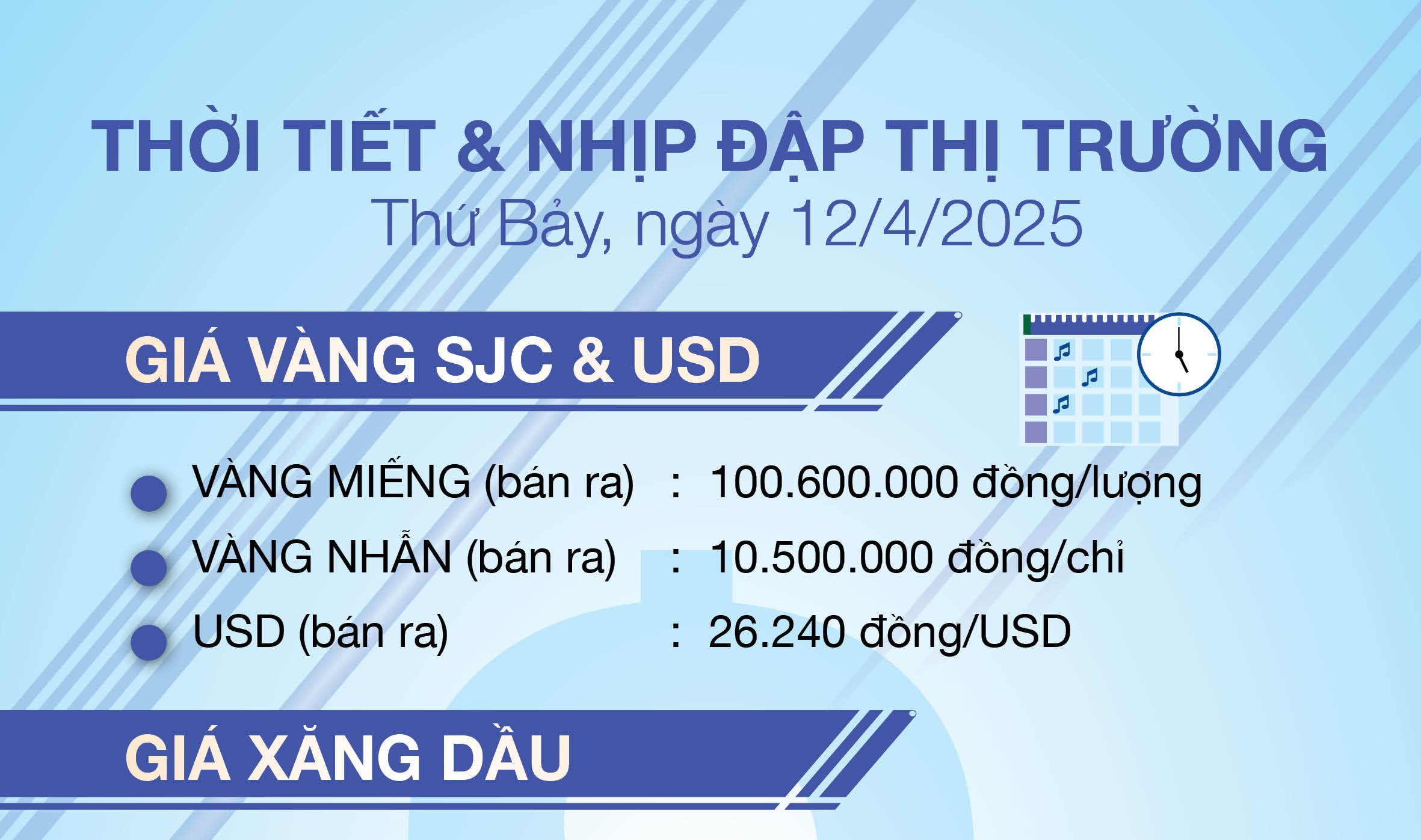












Comment (0)